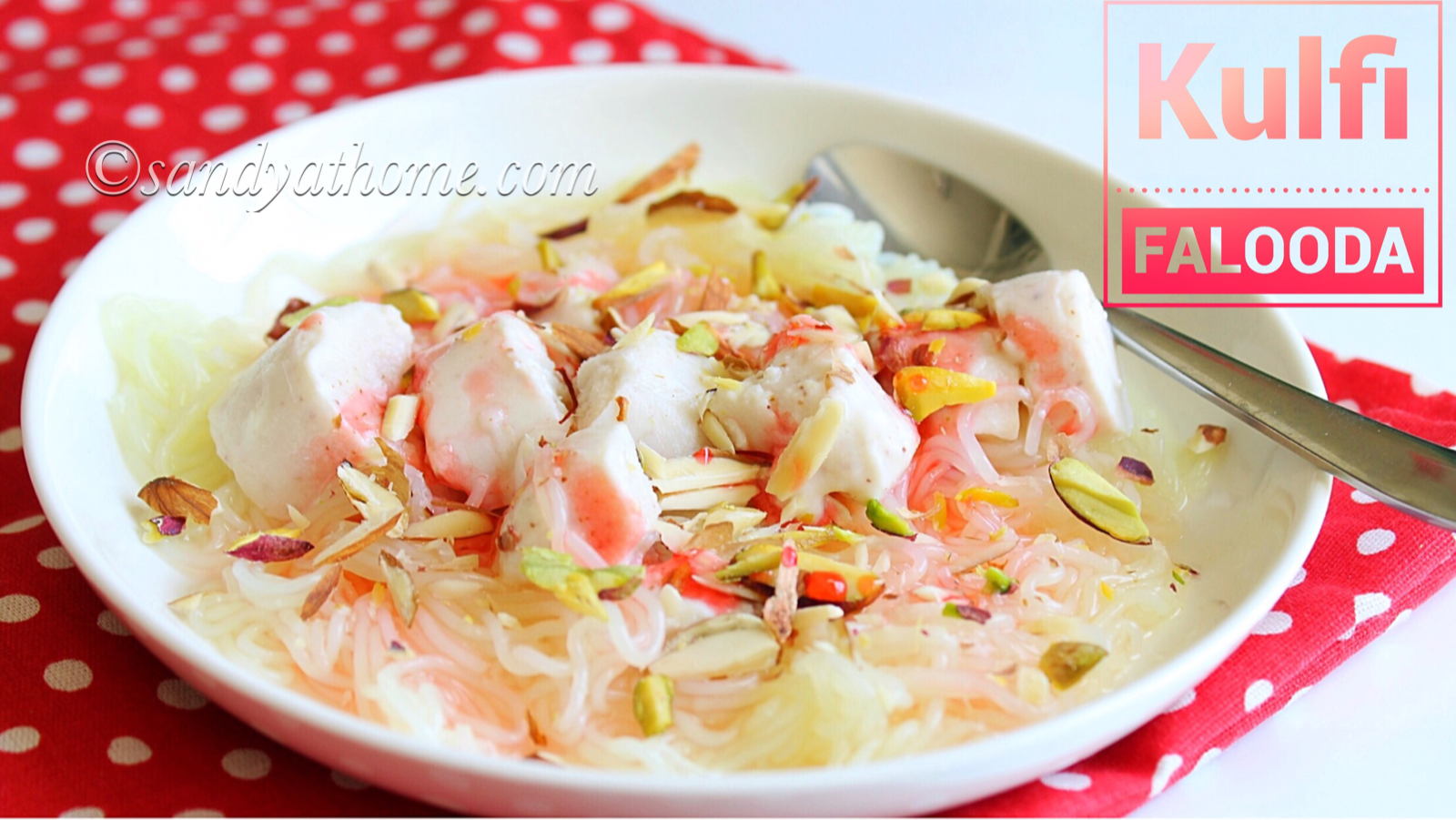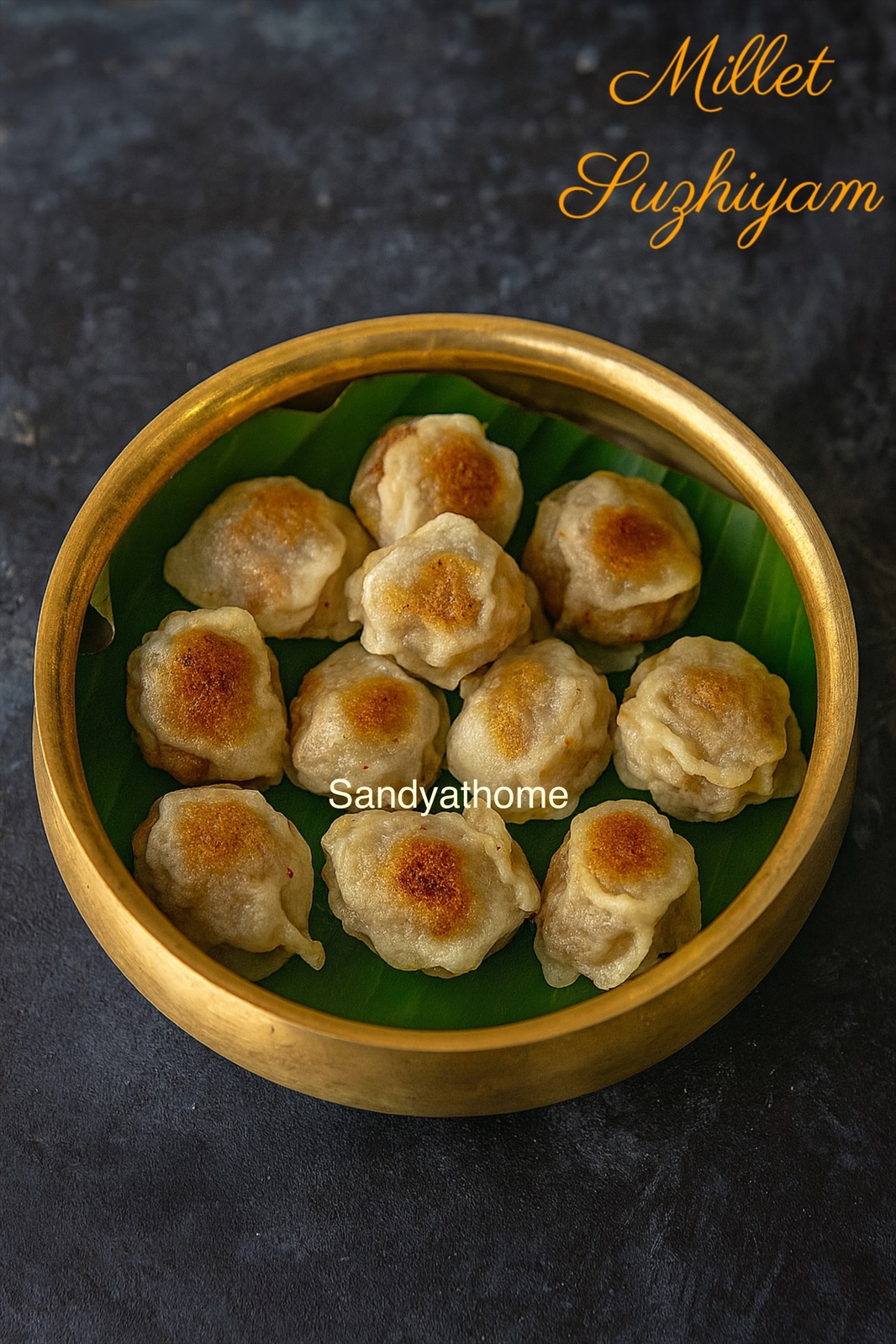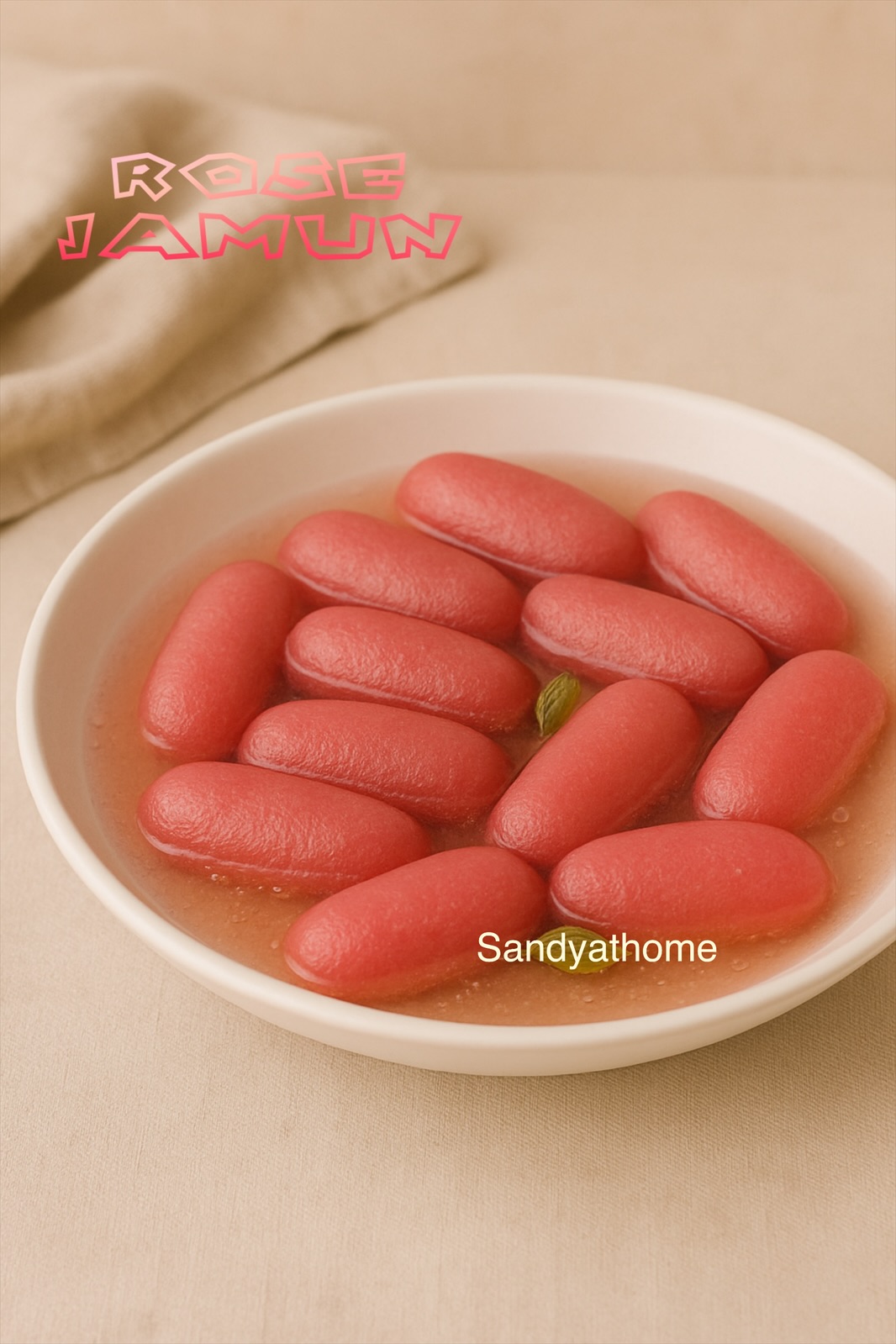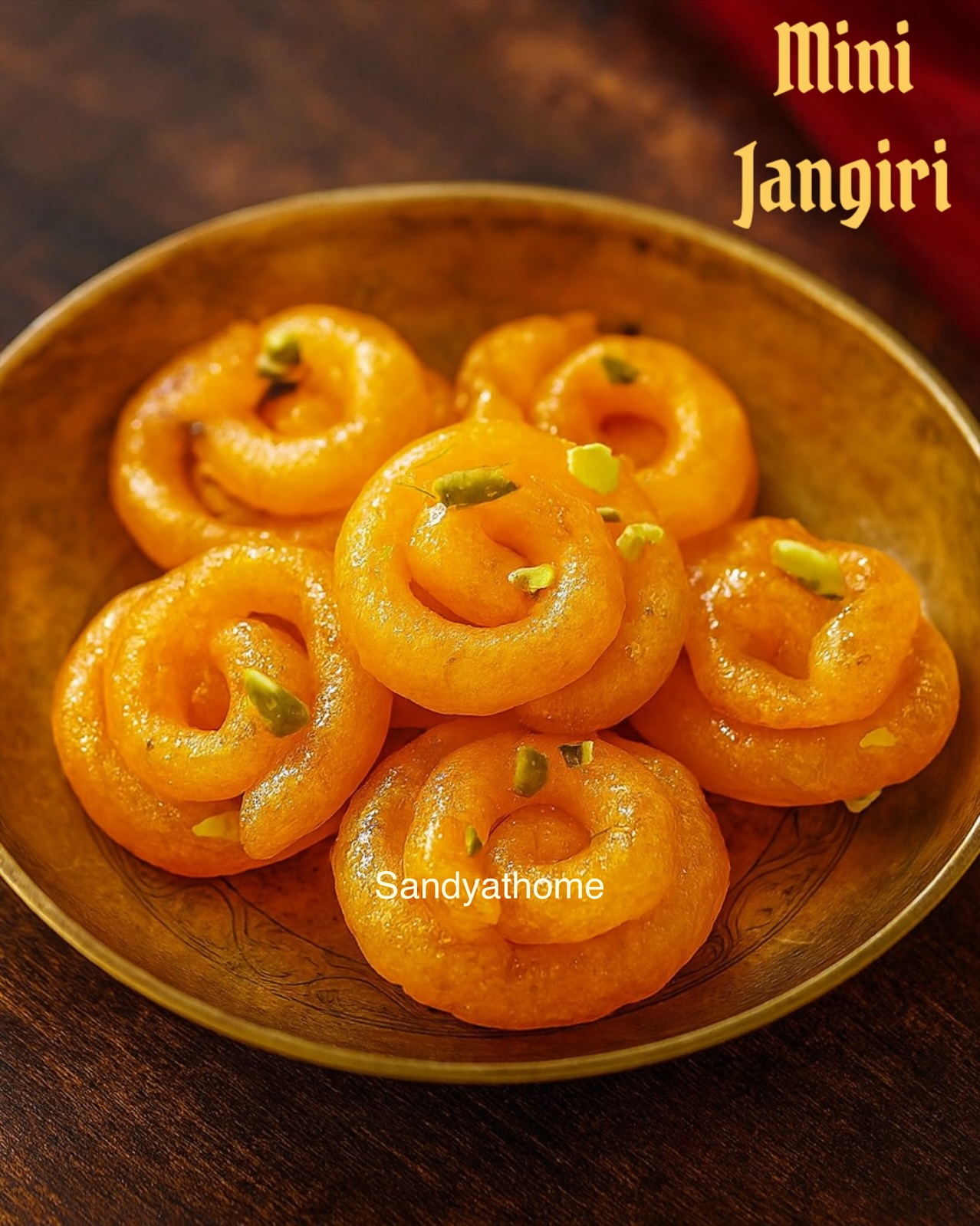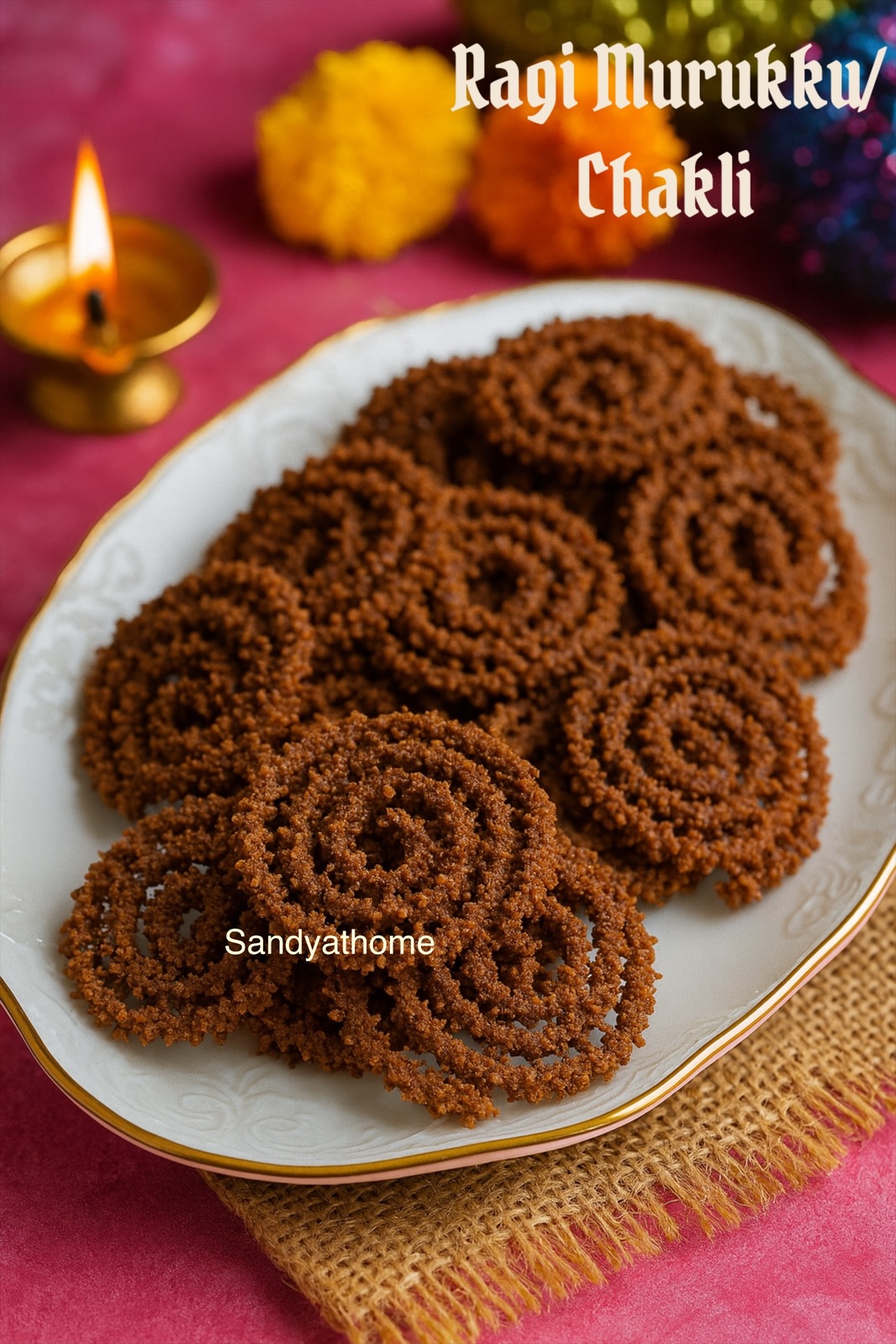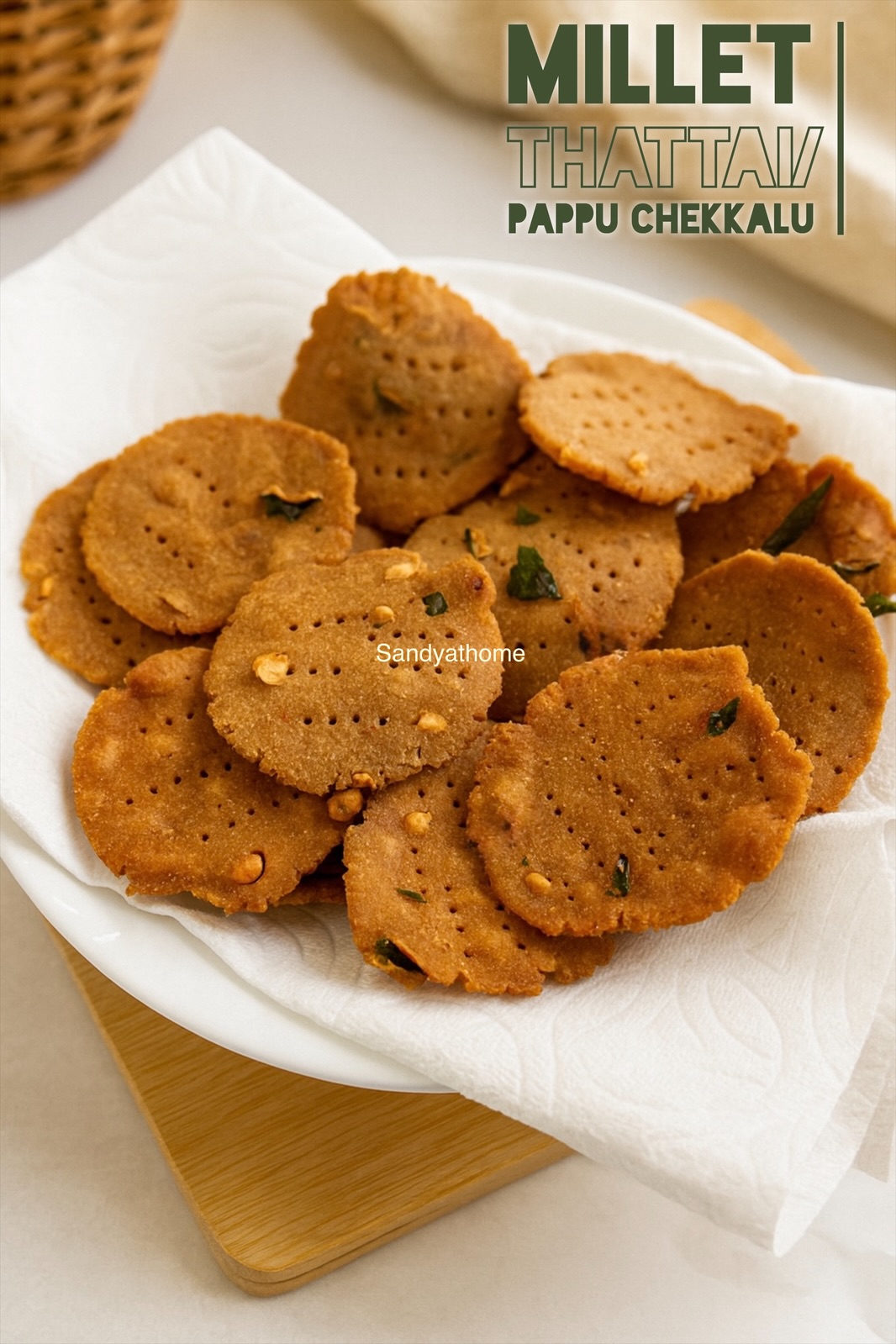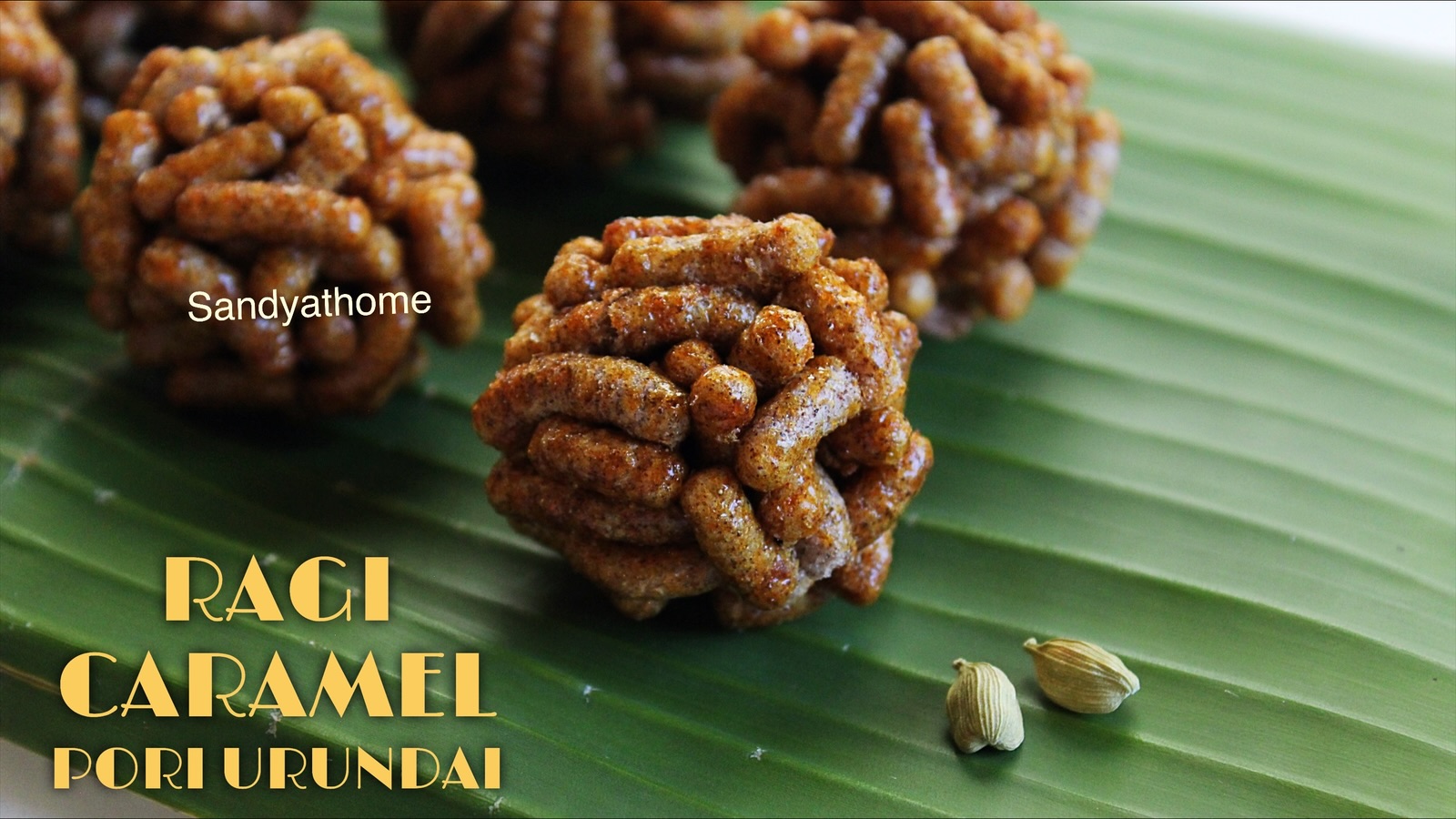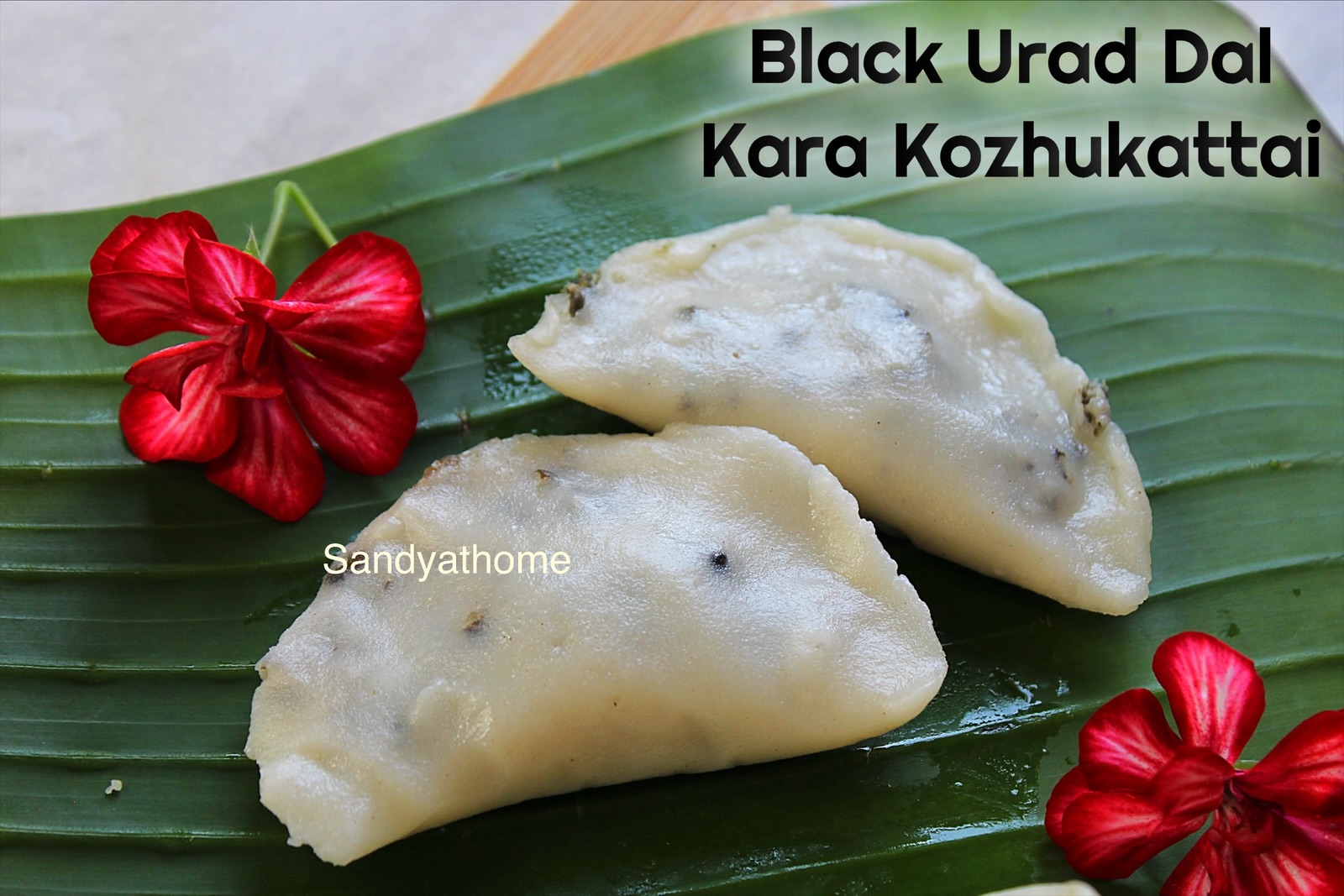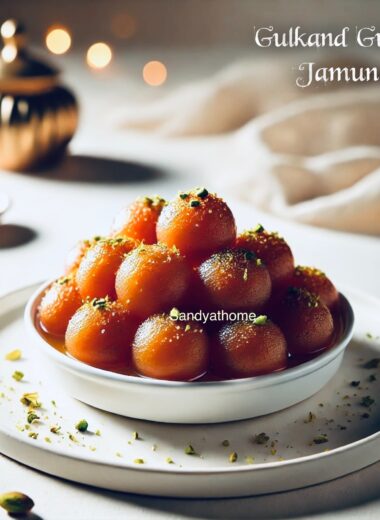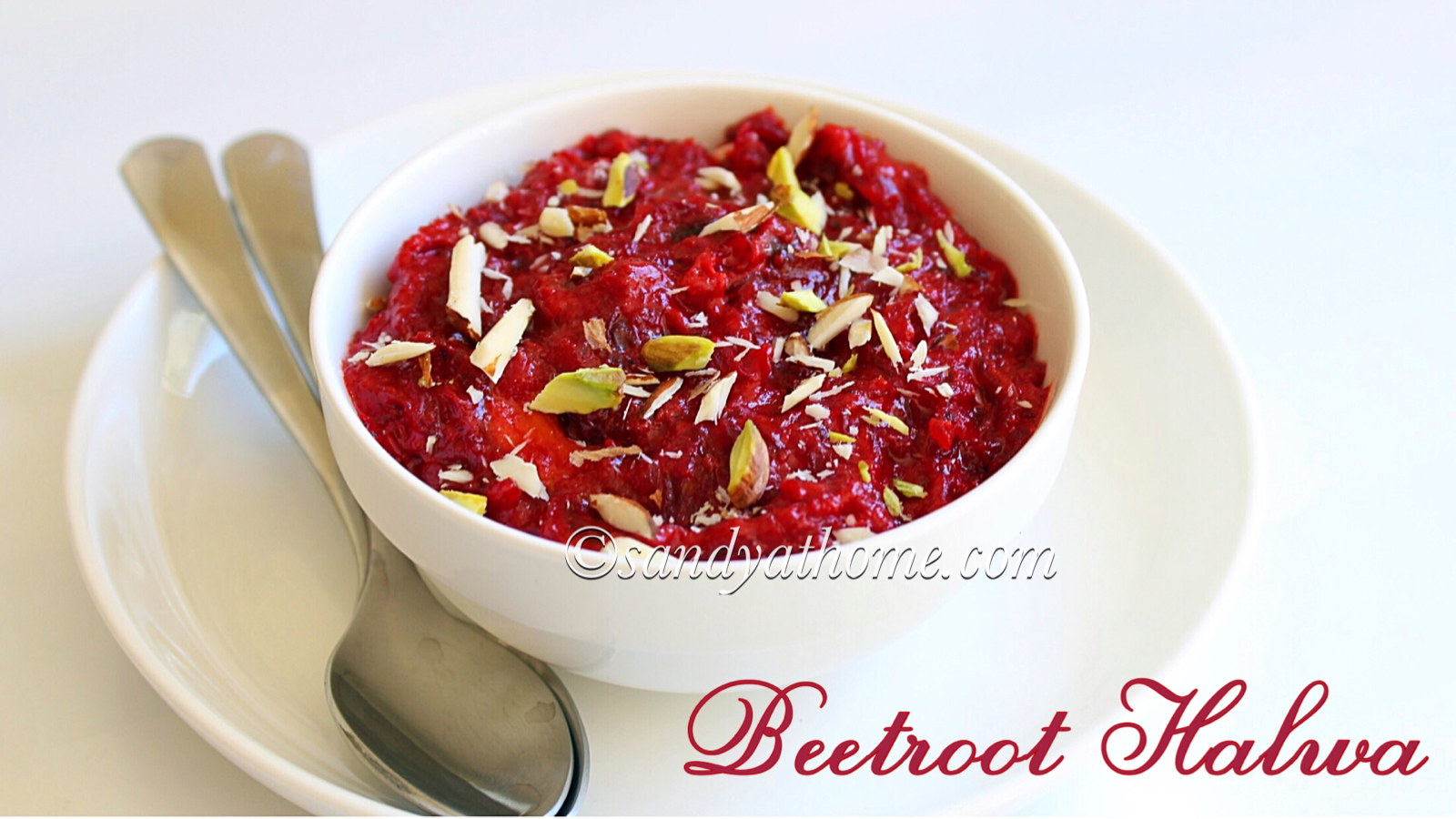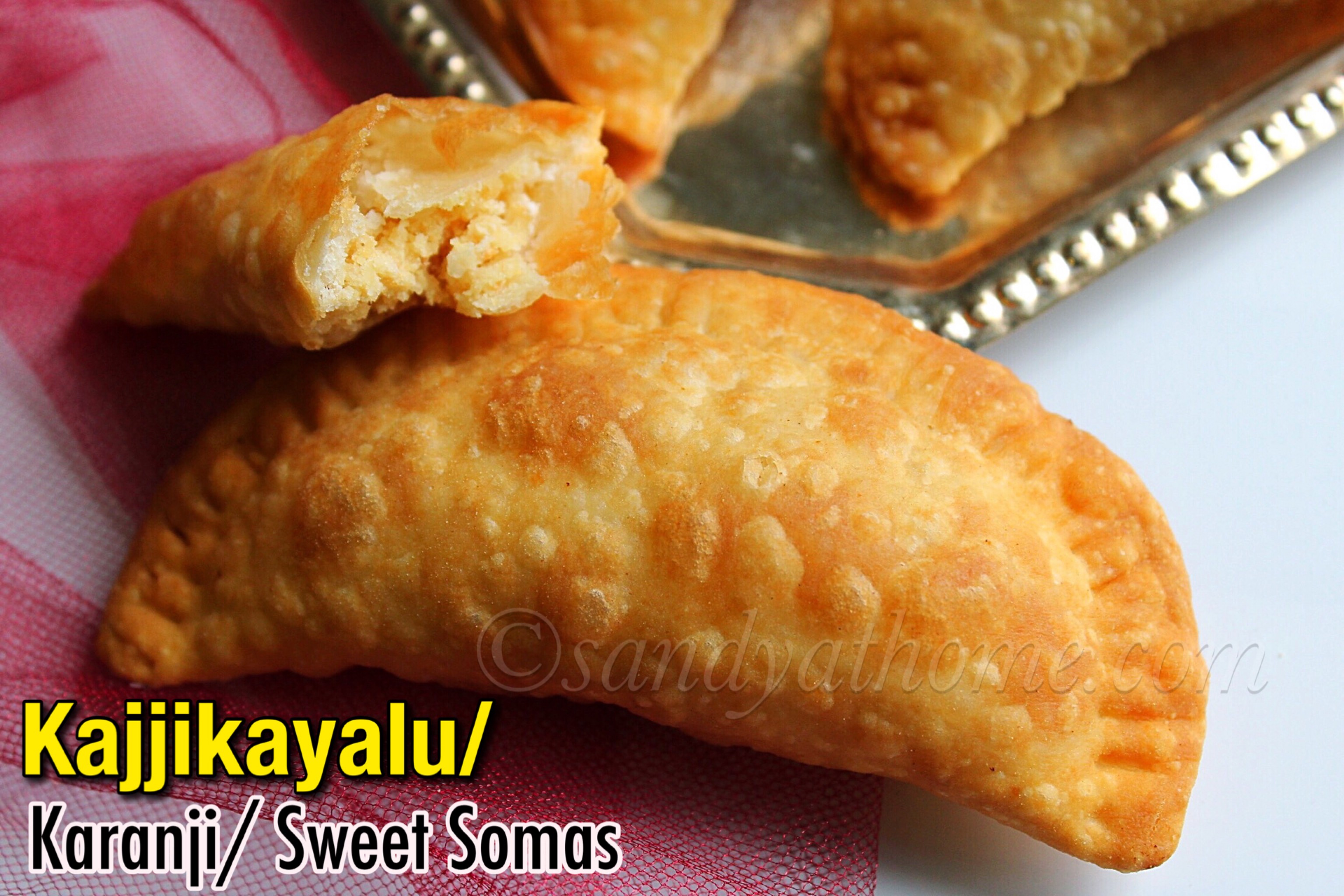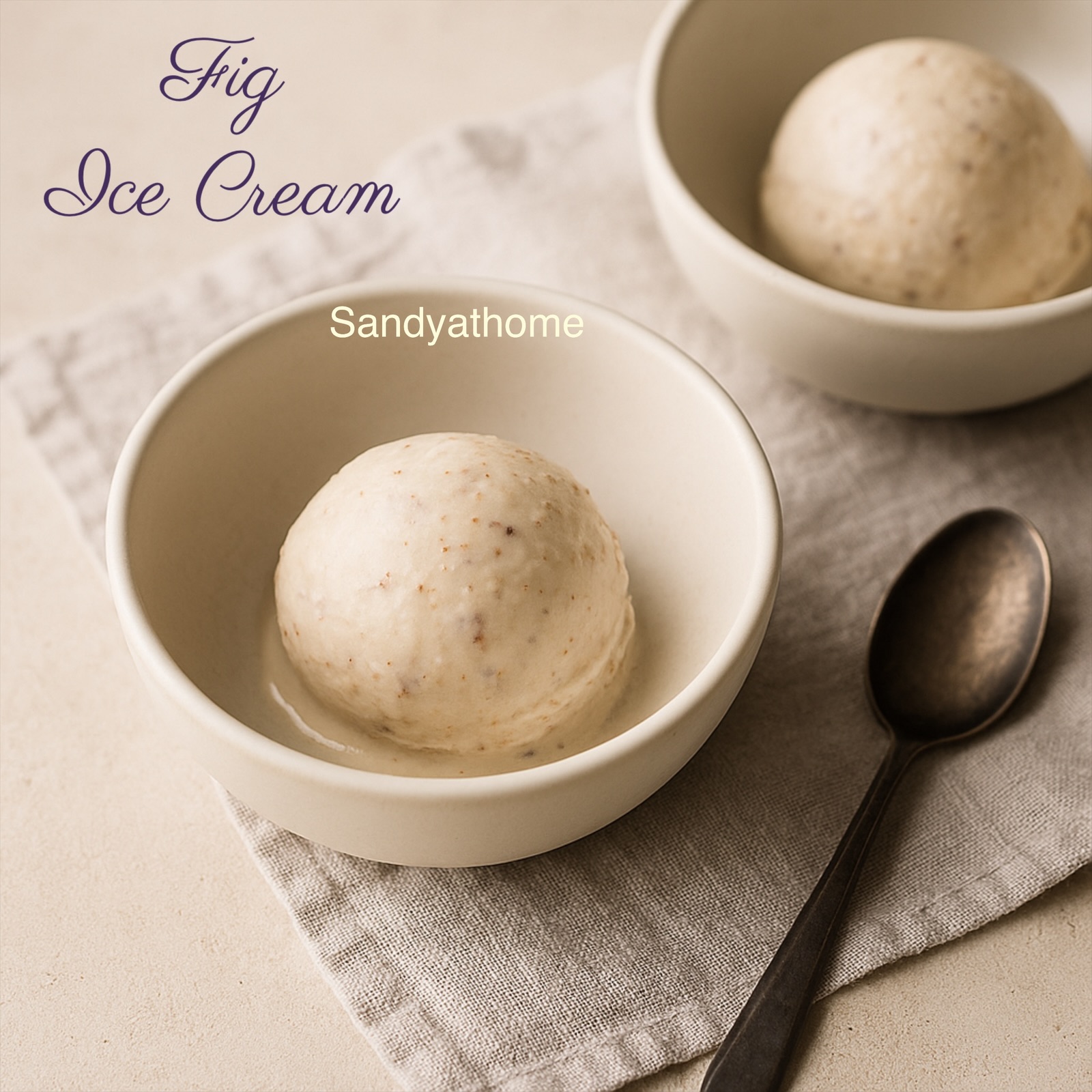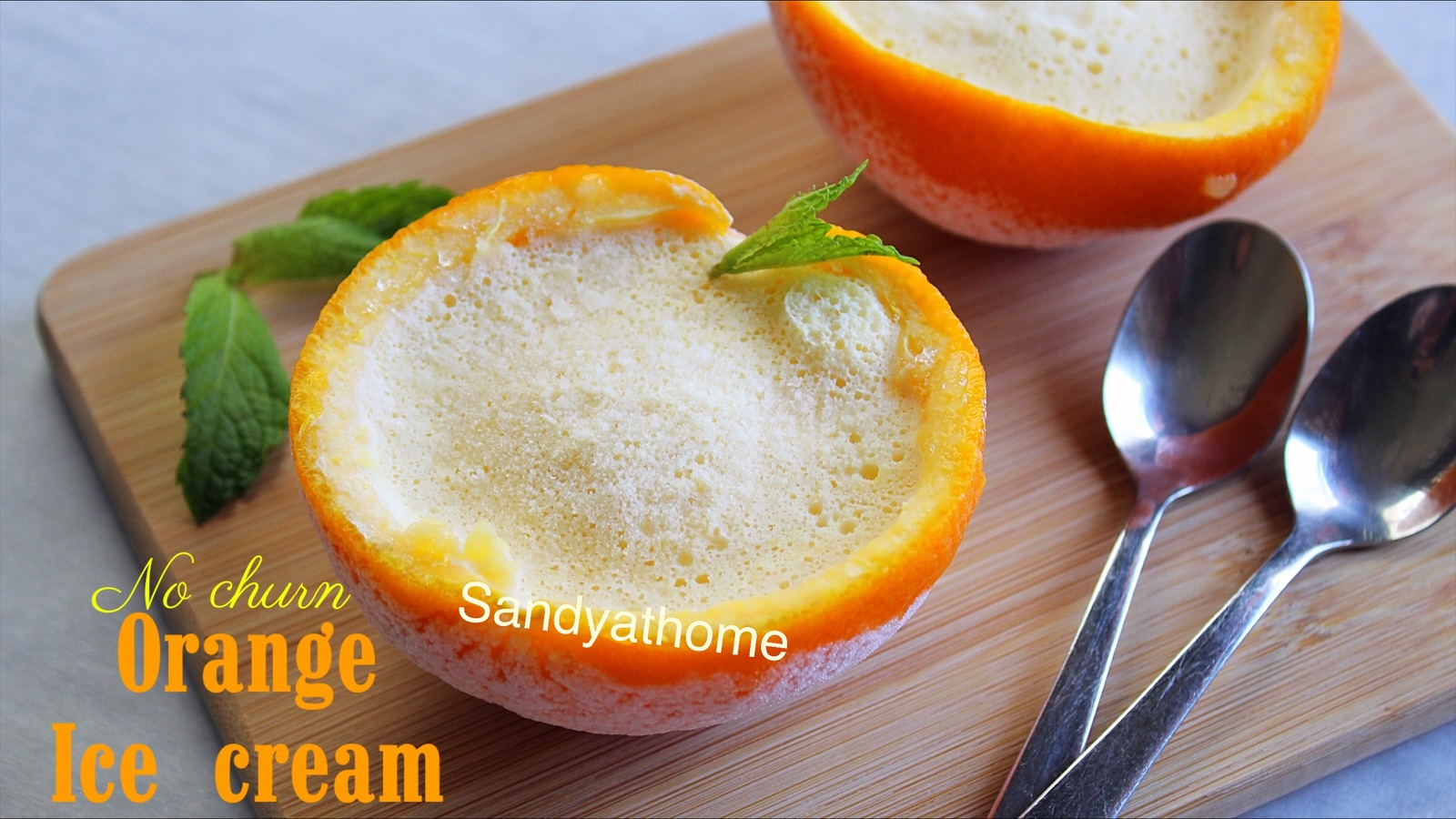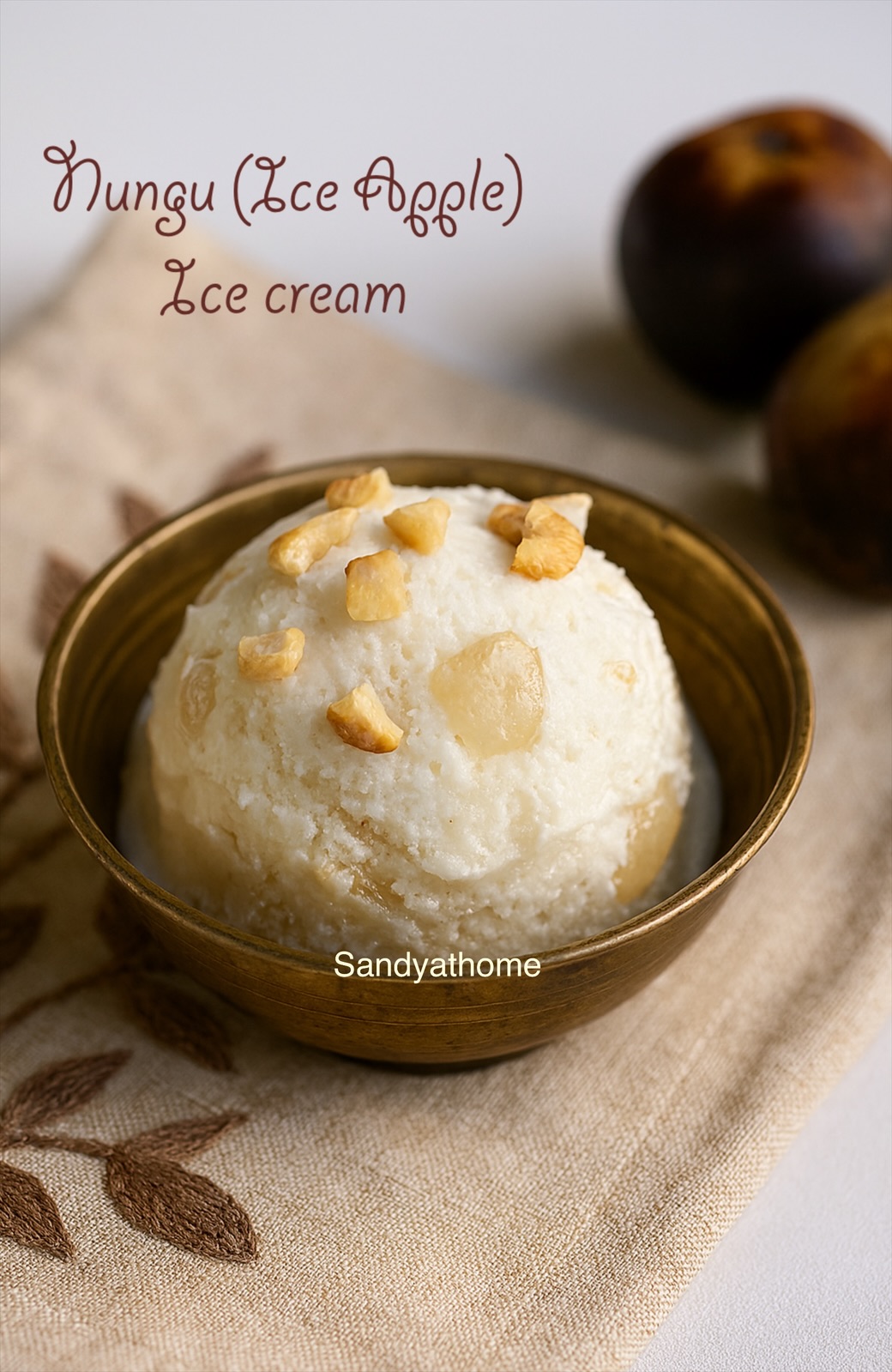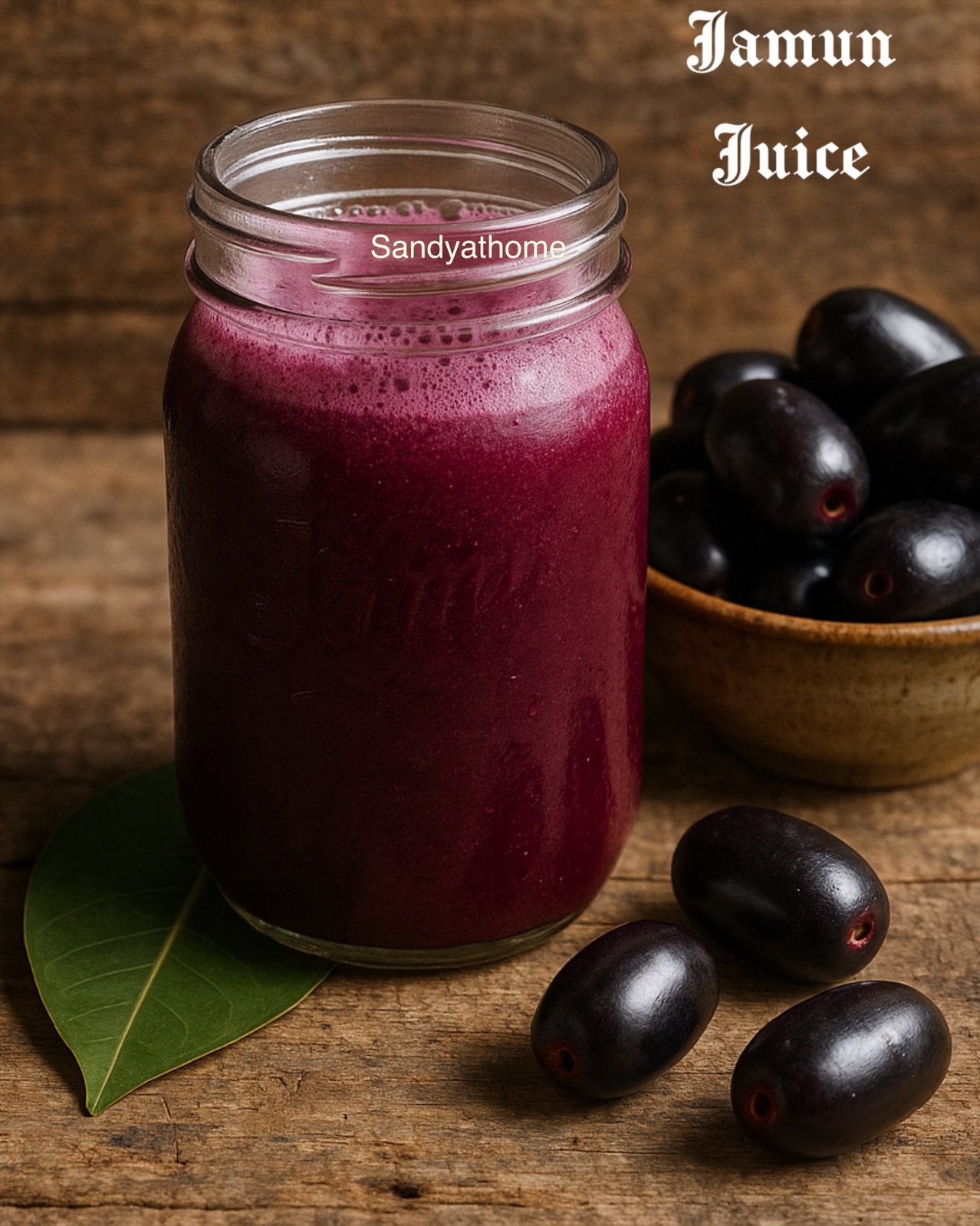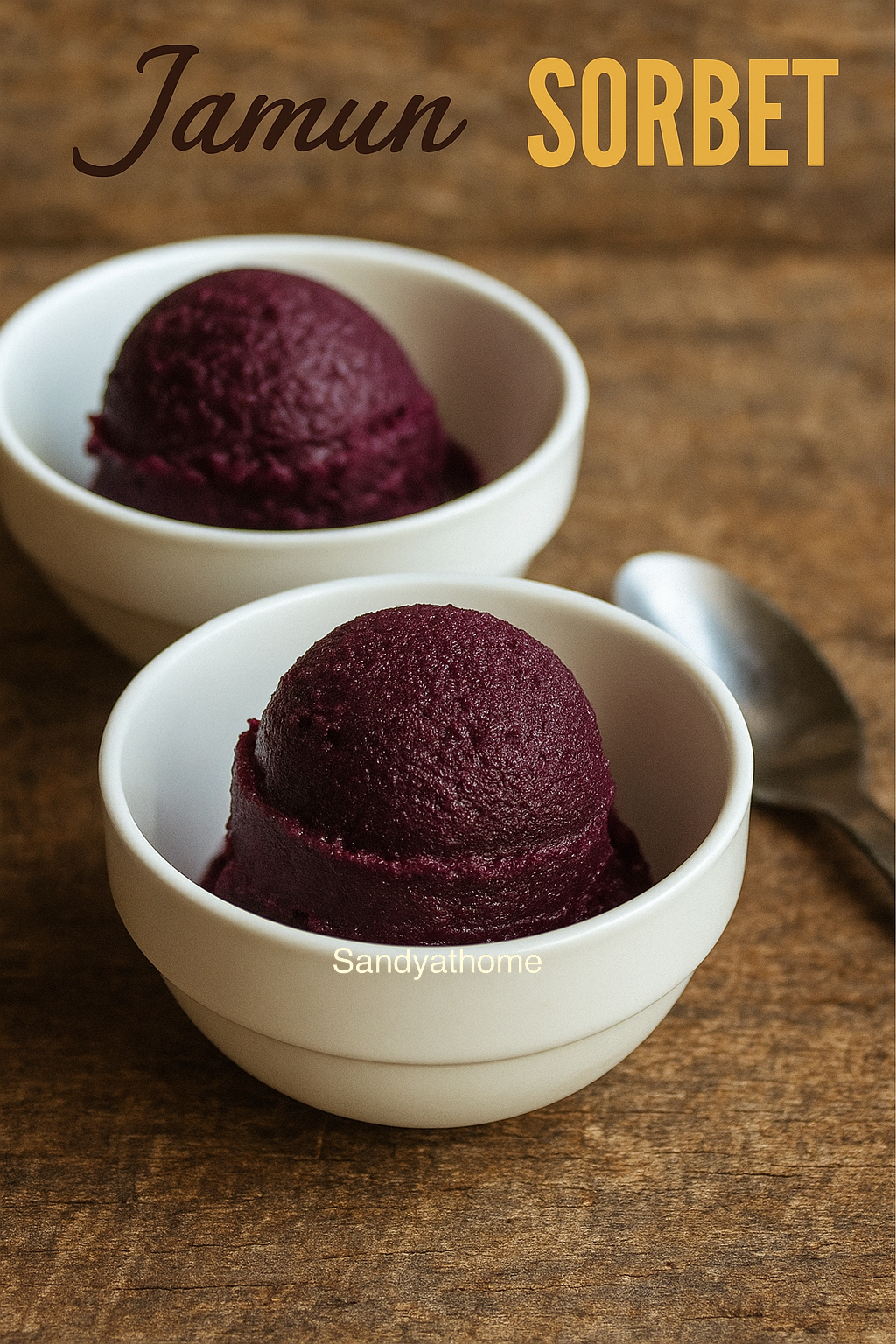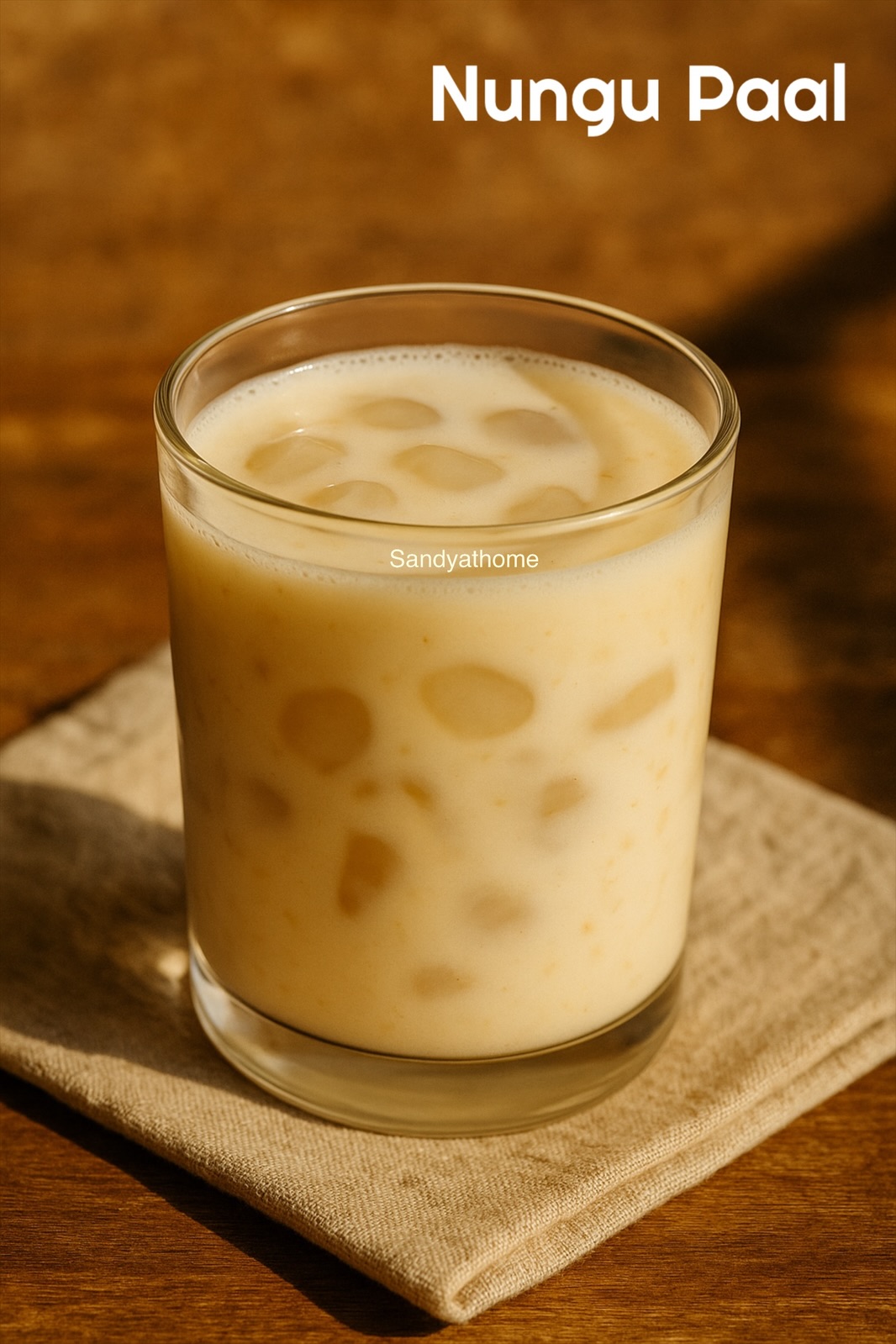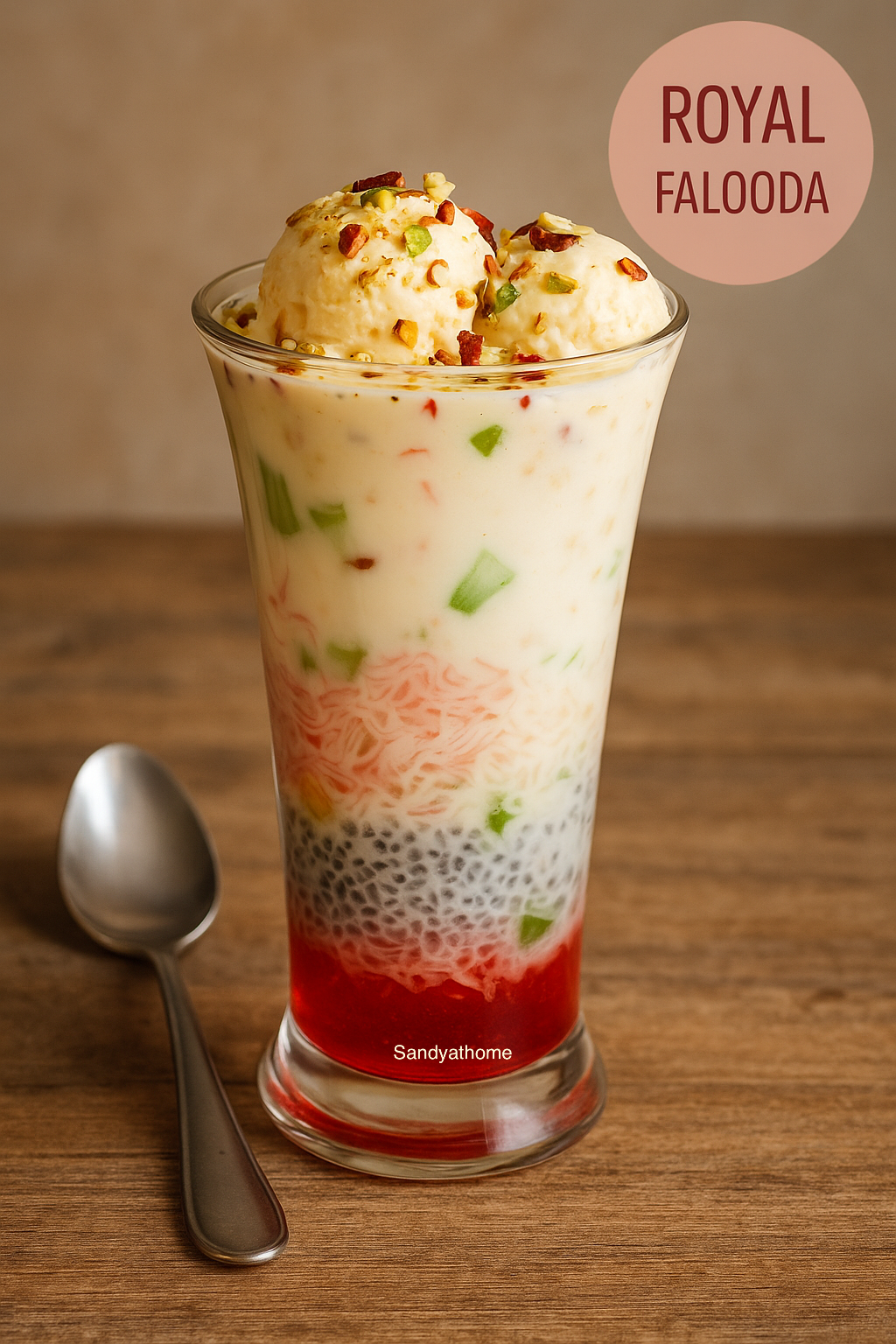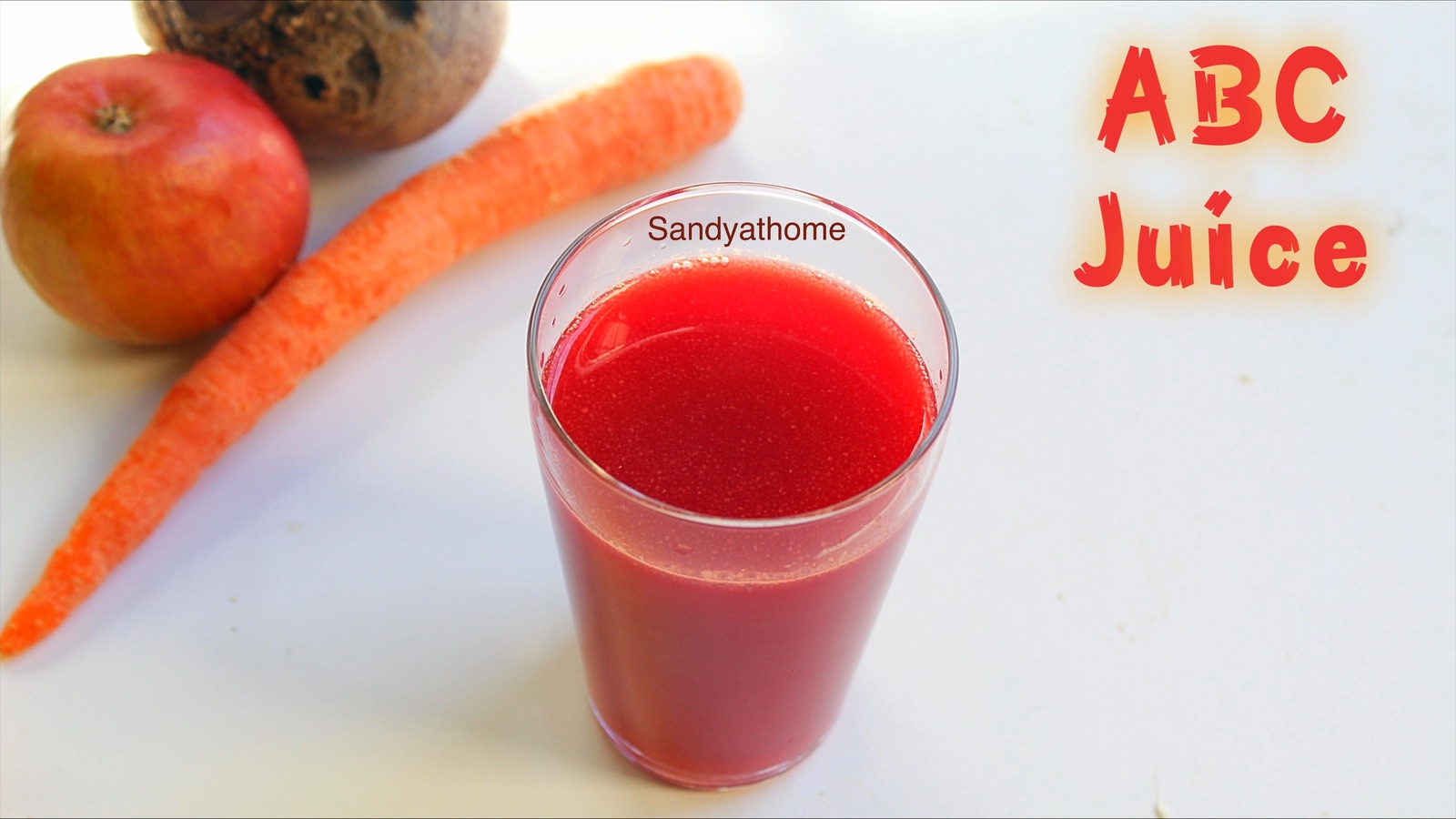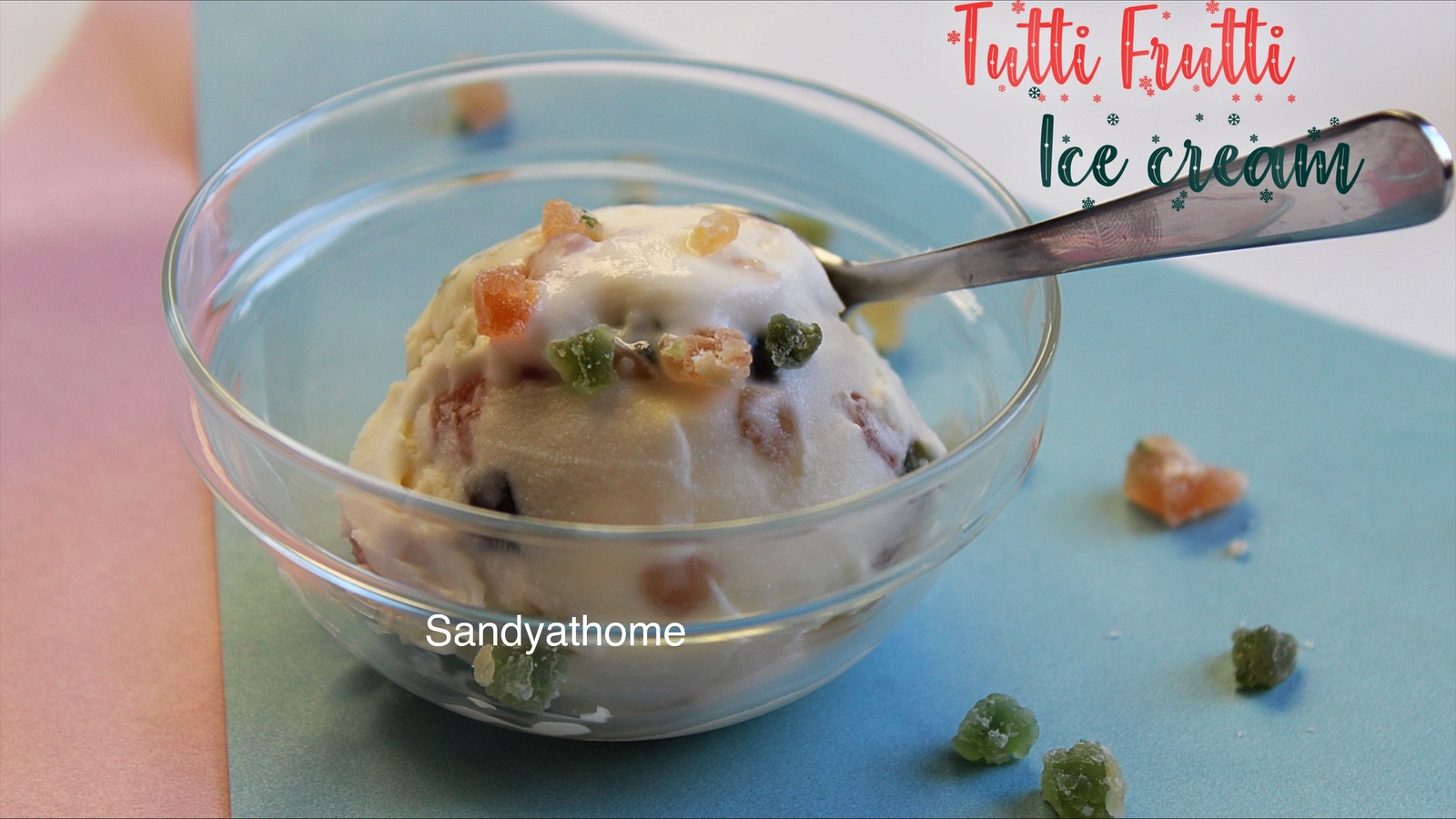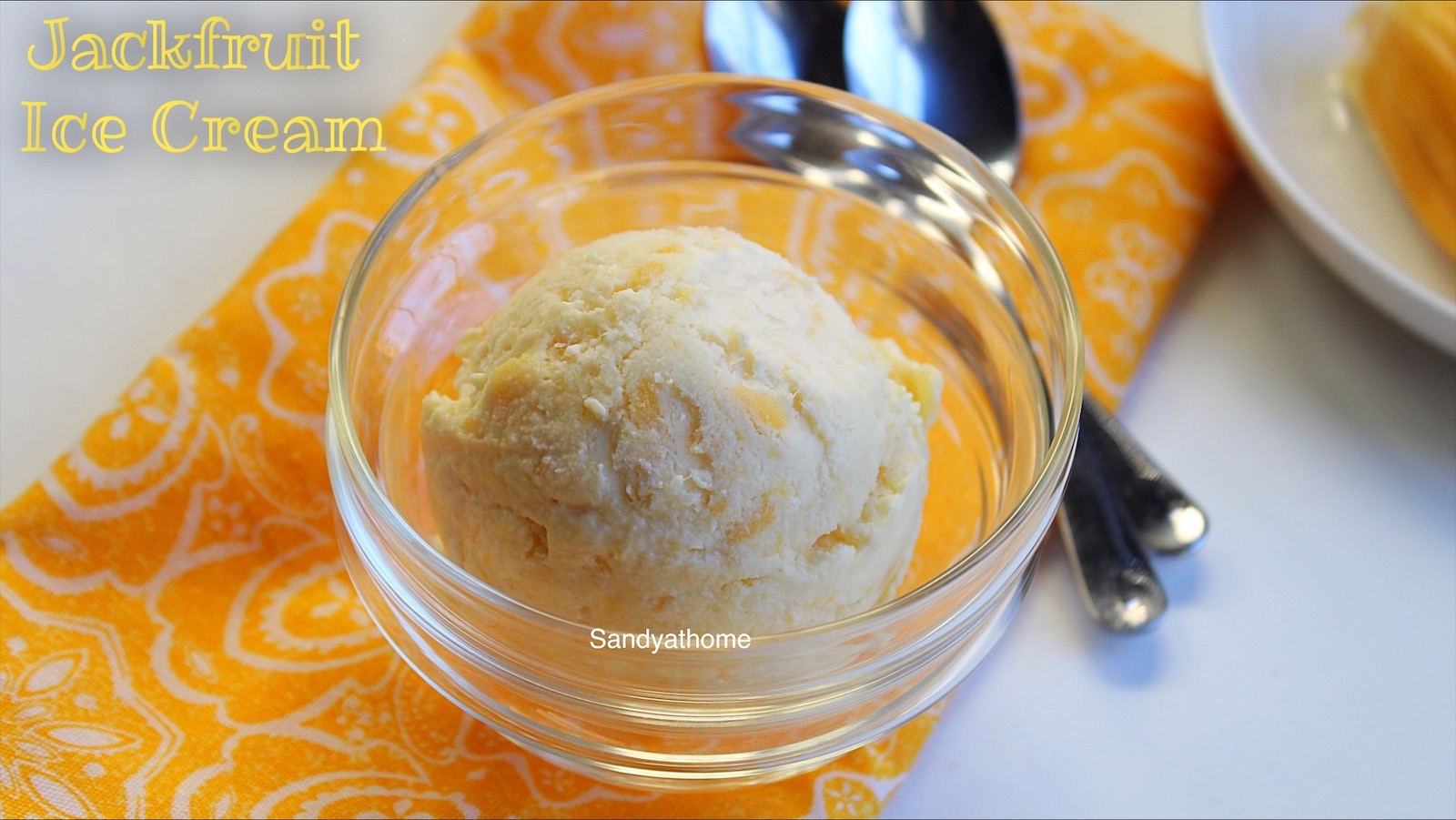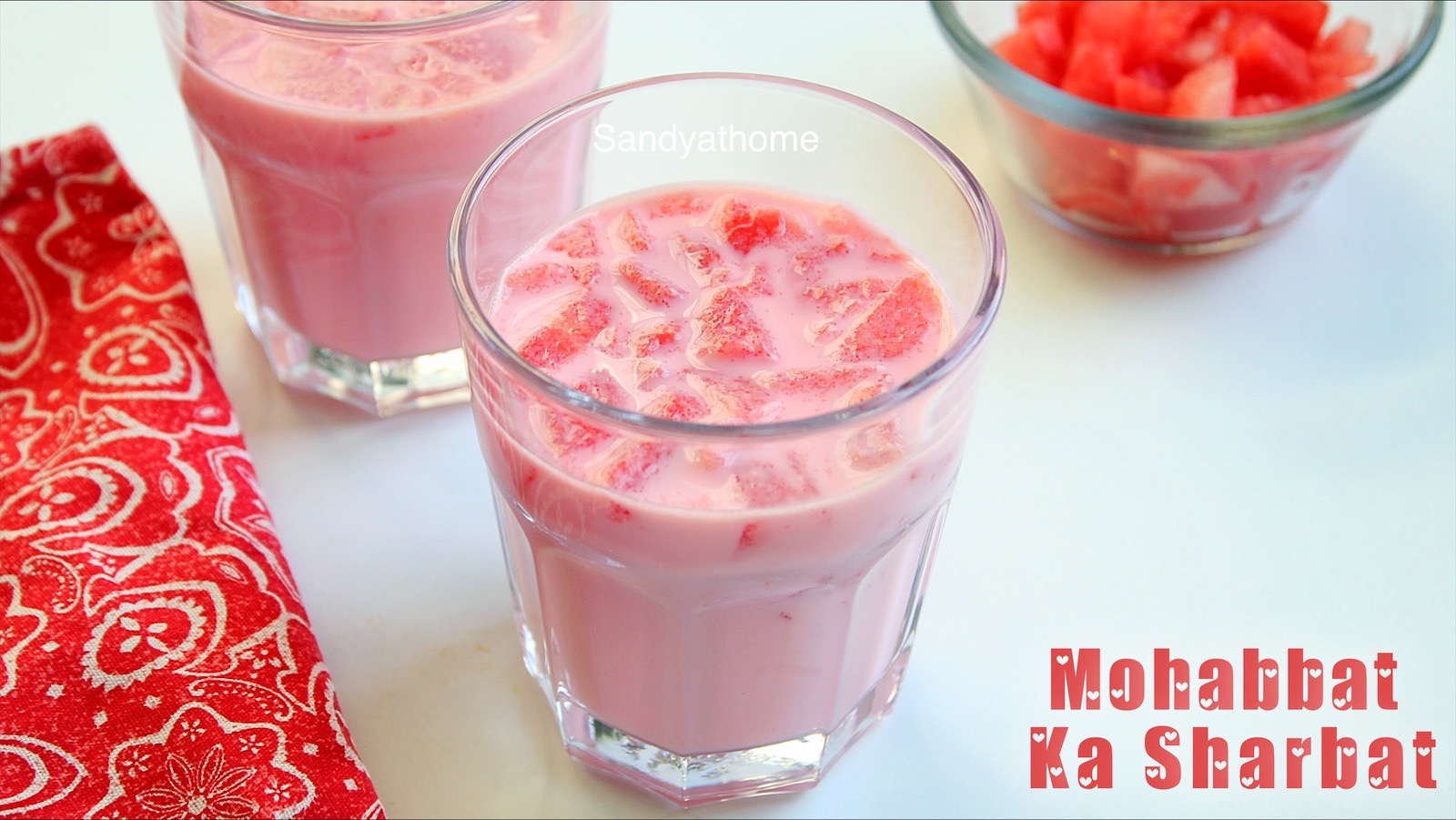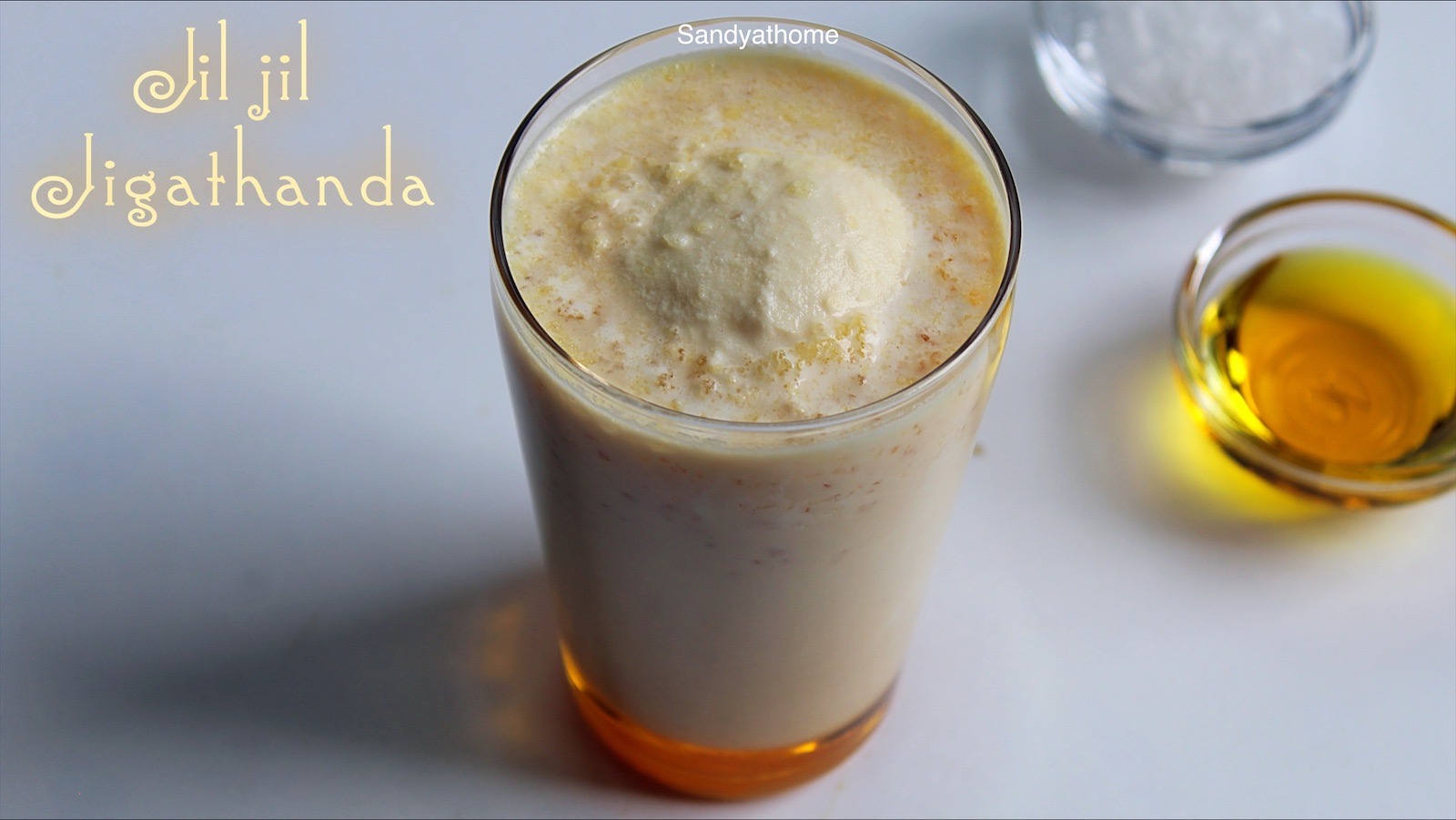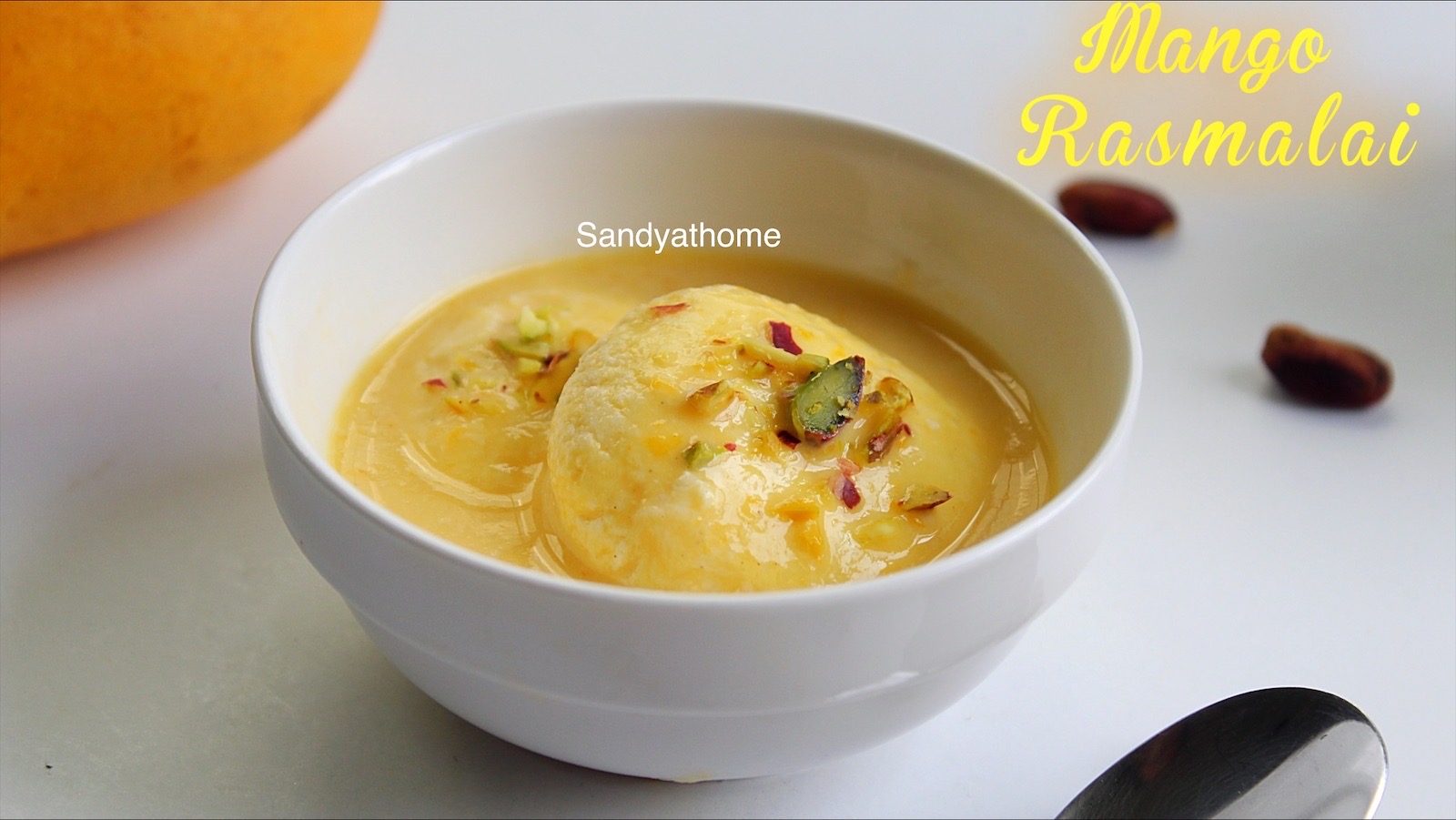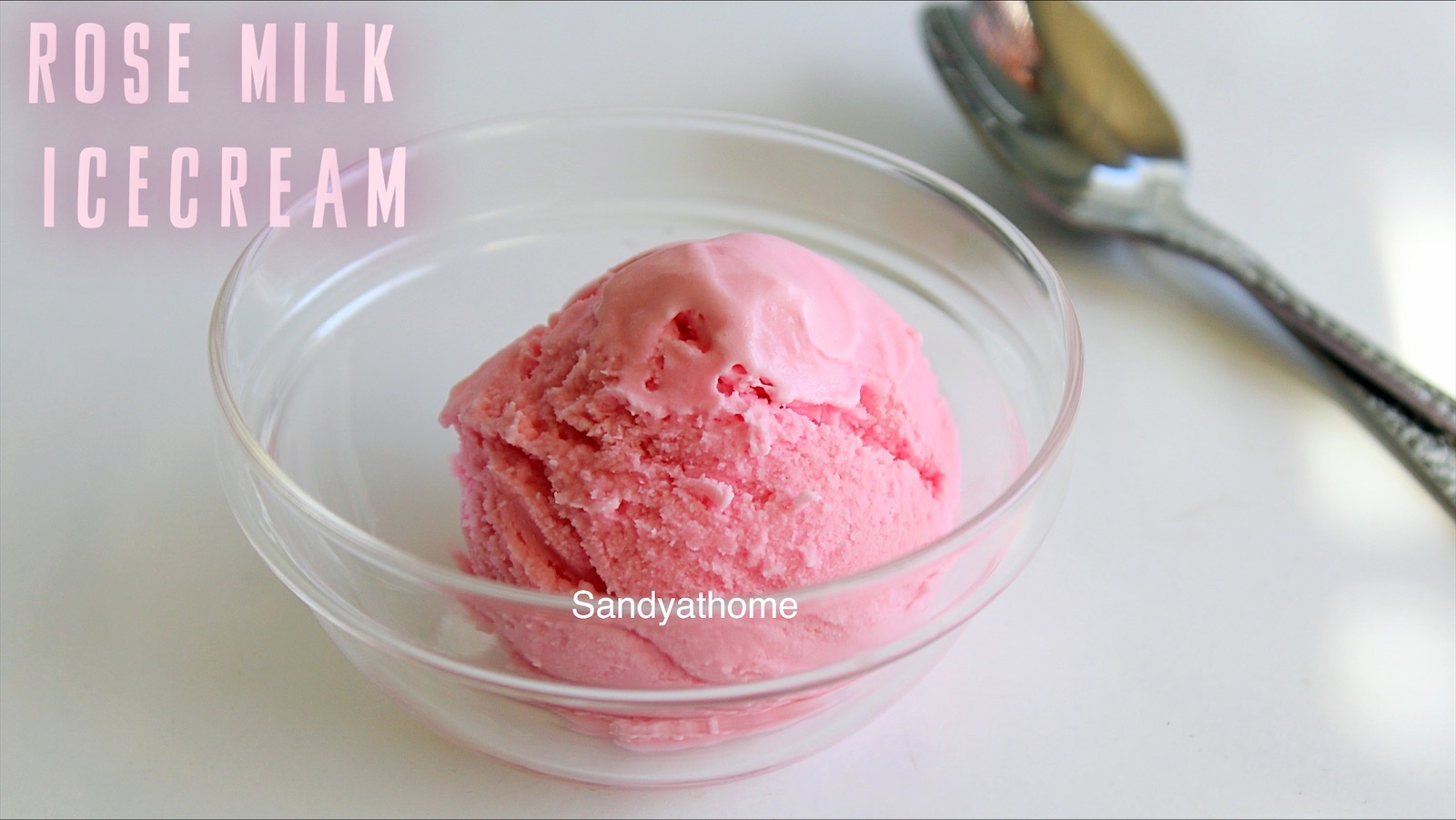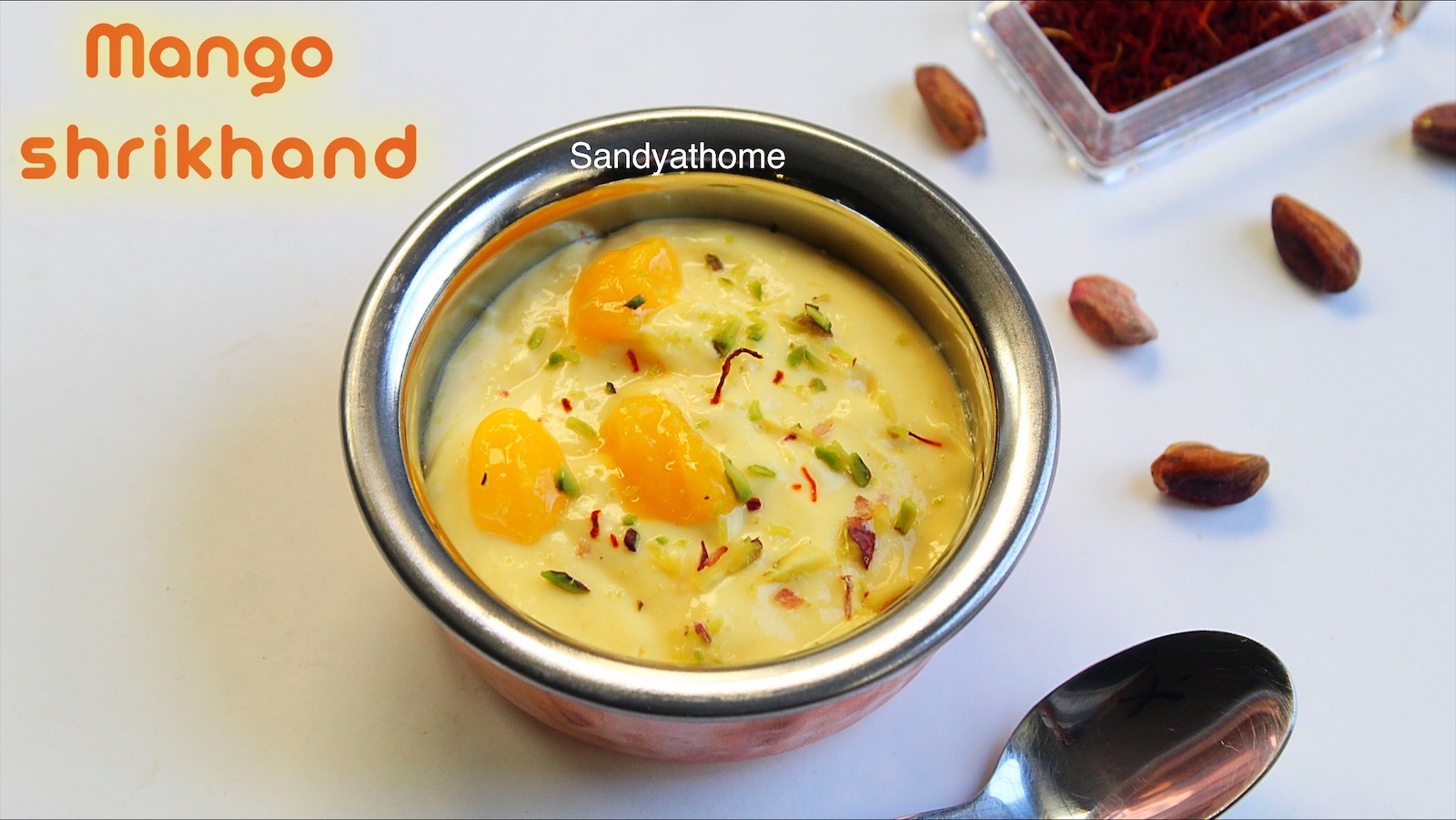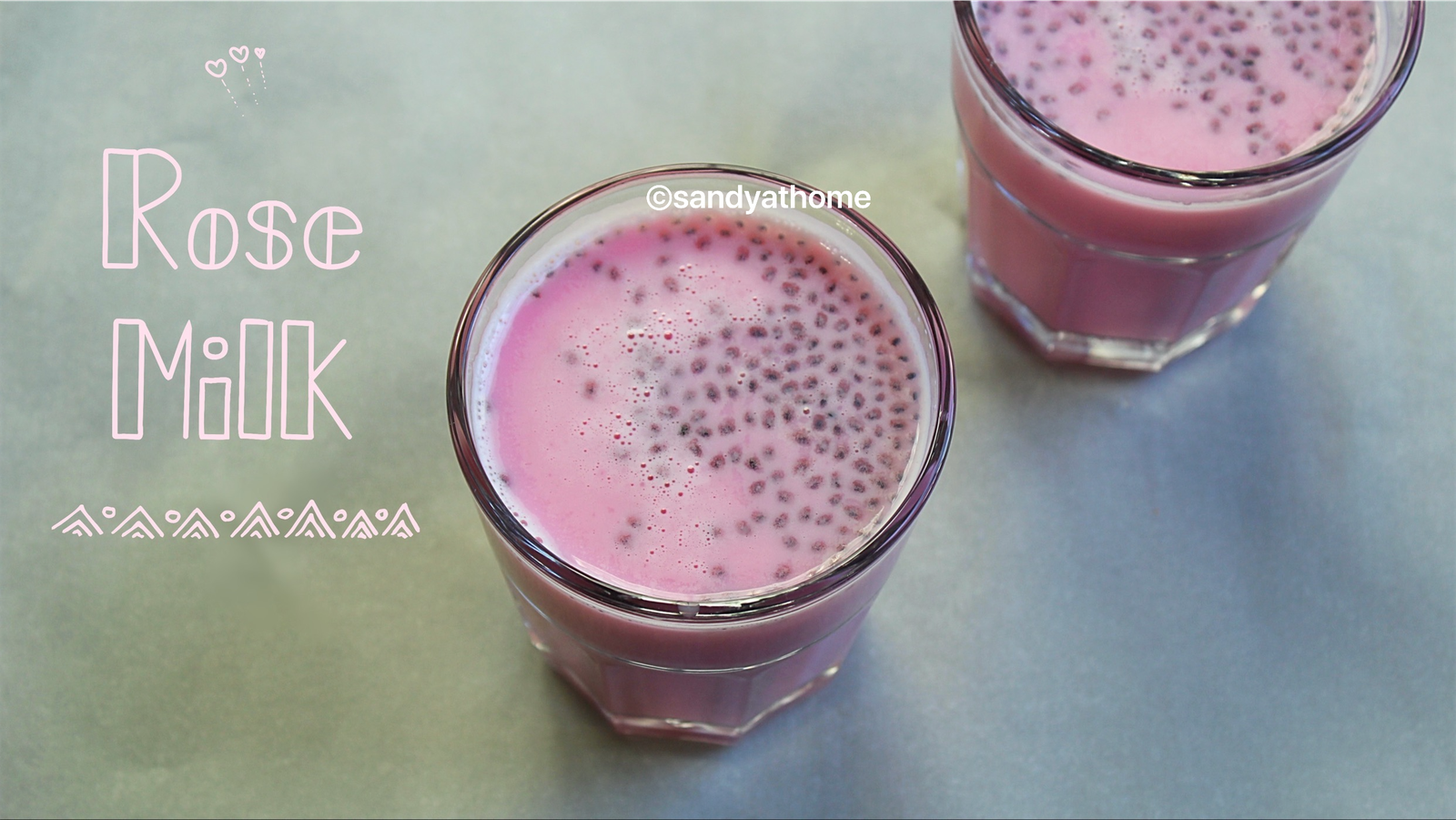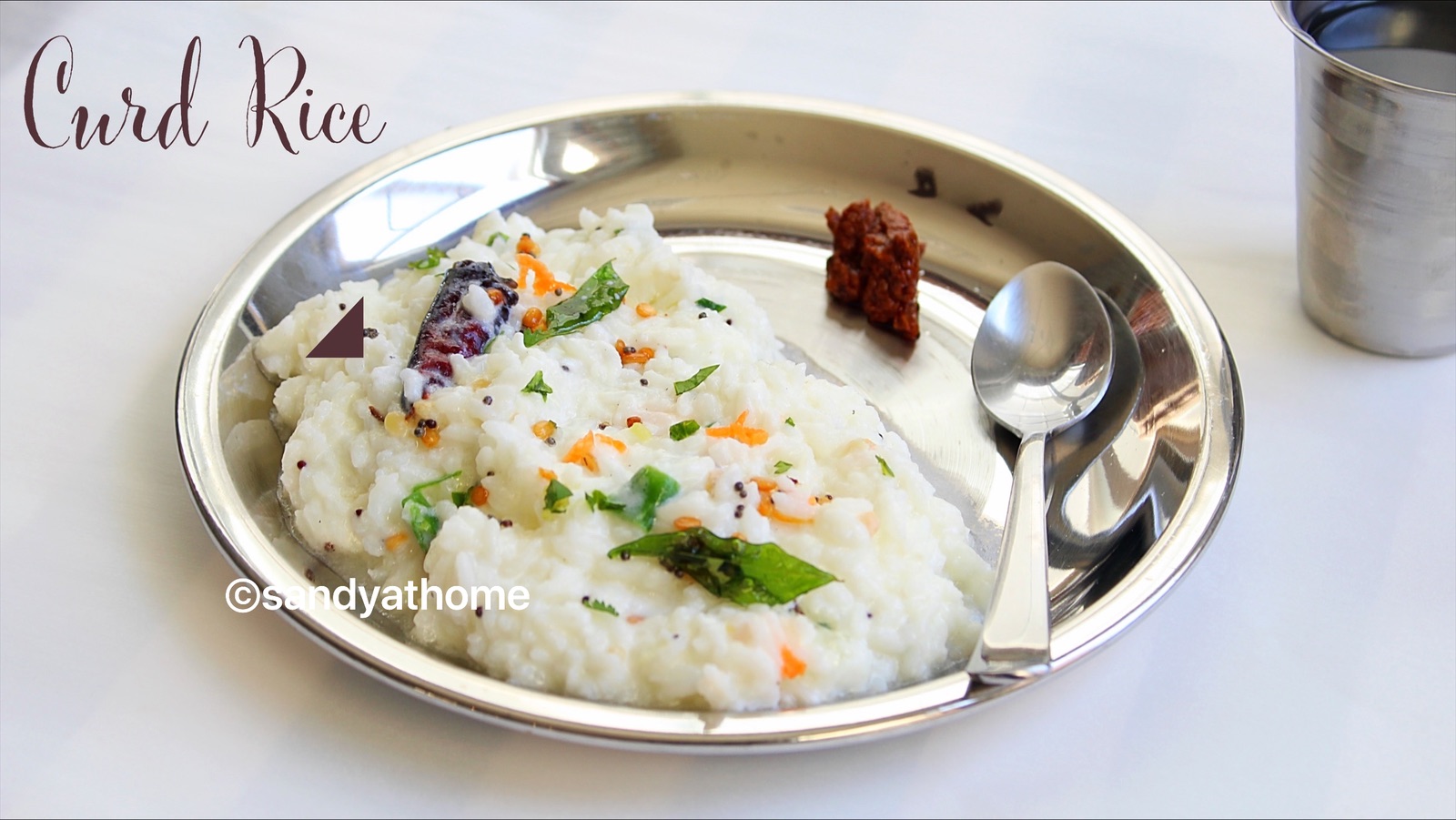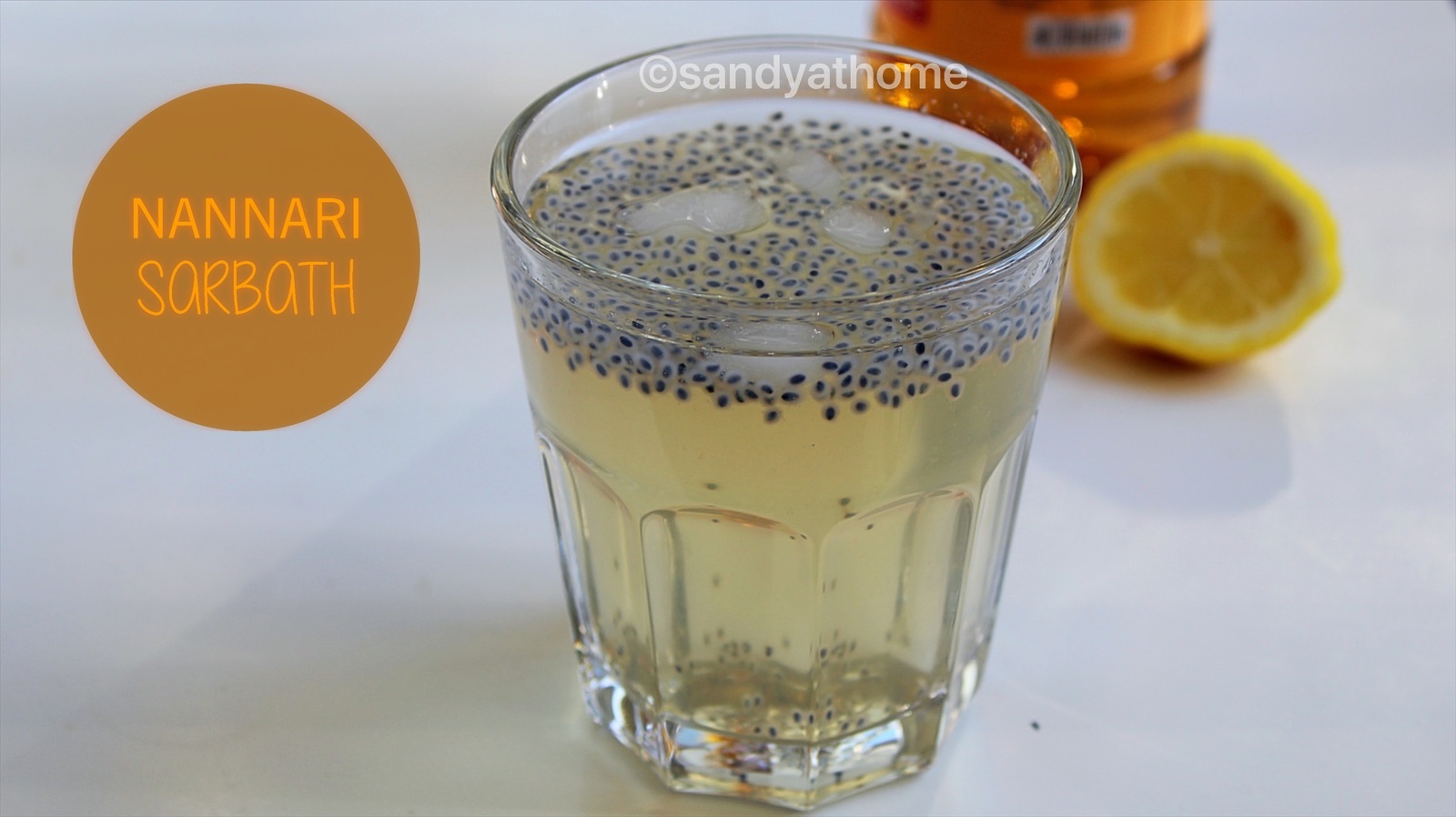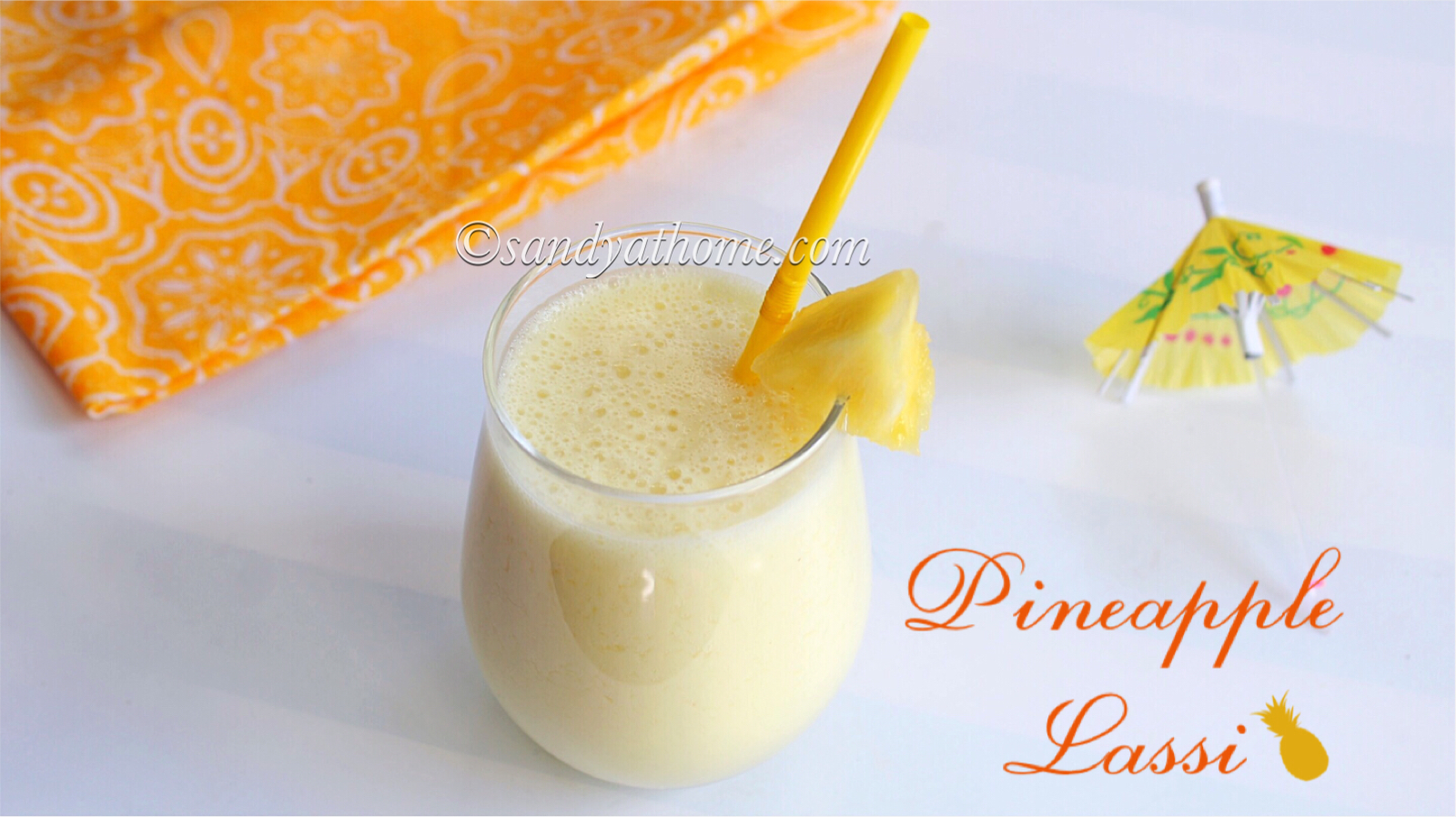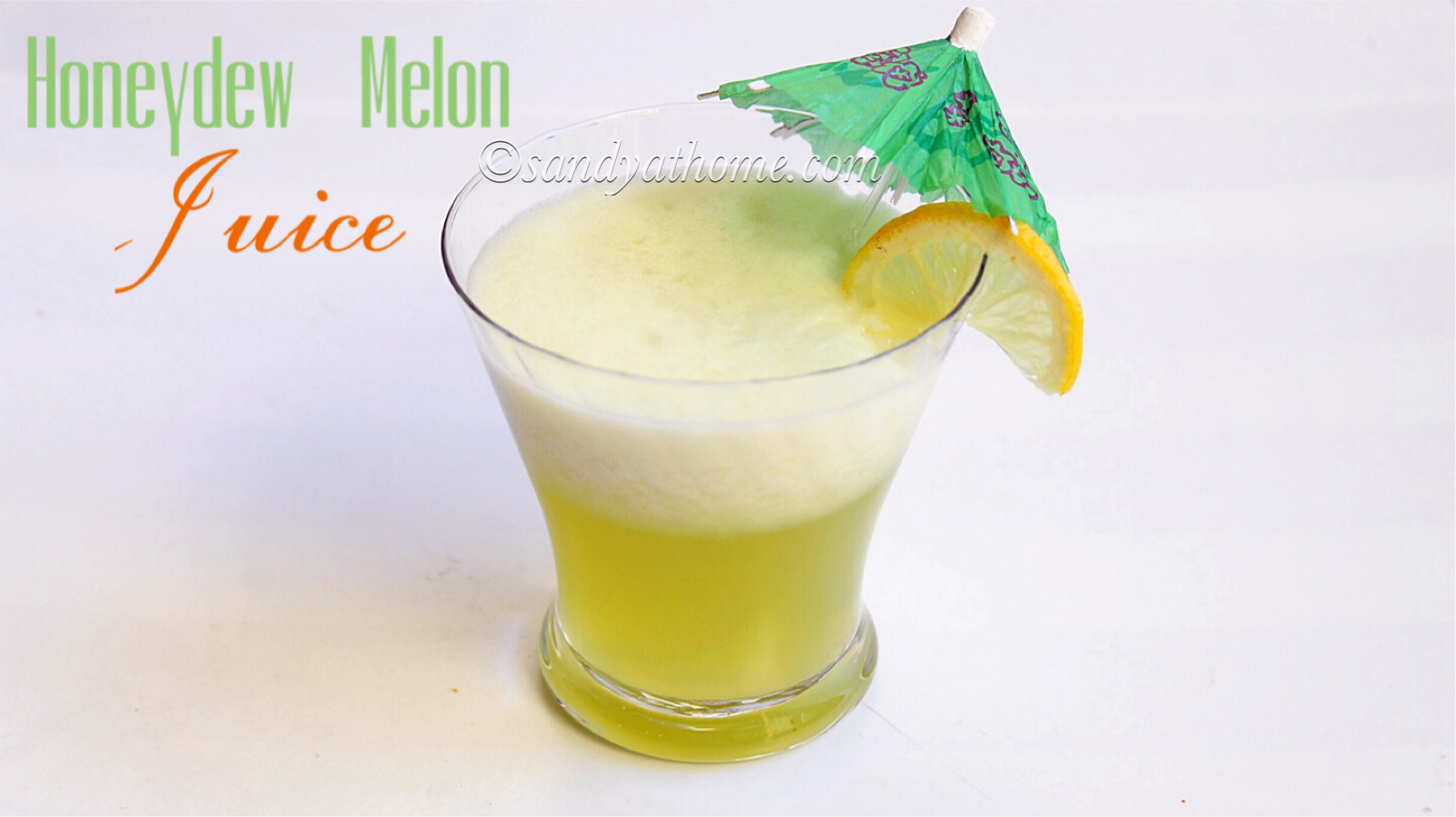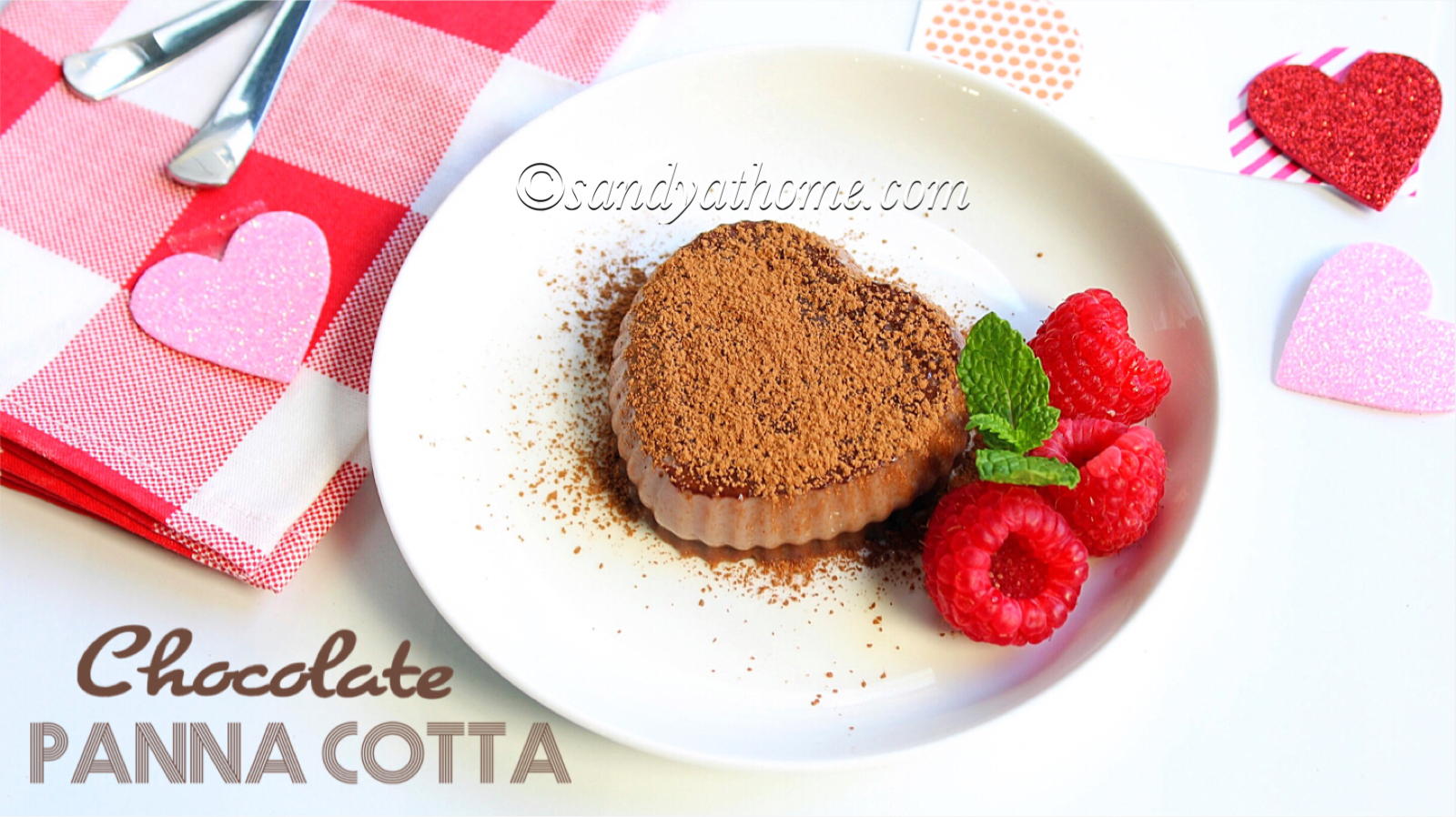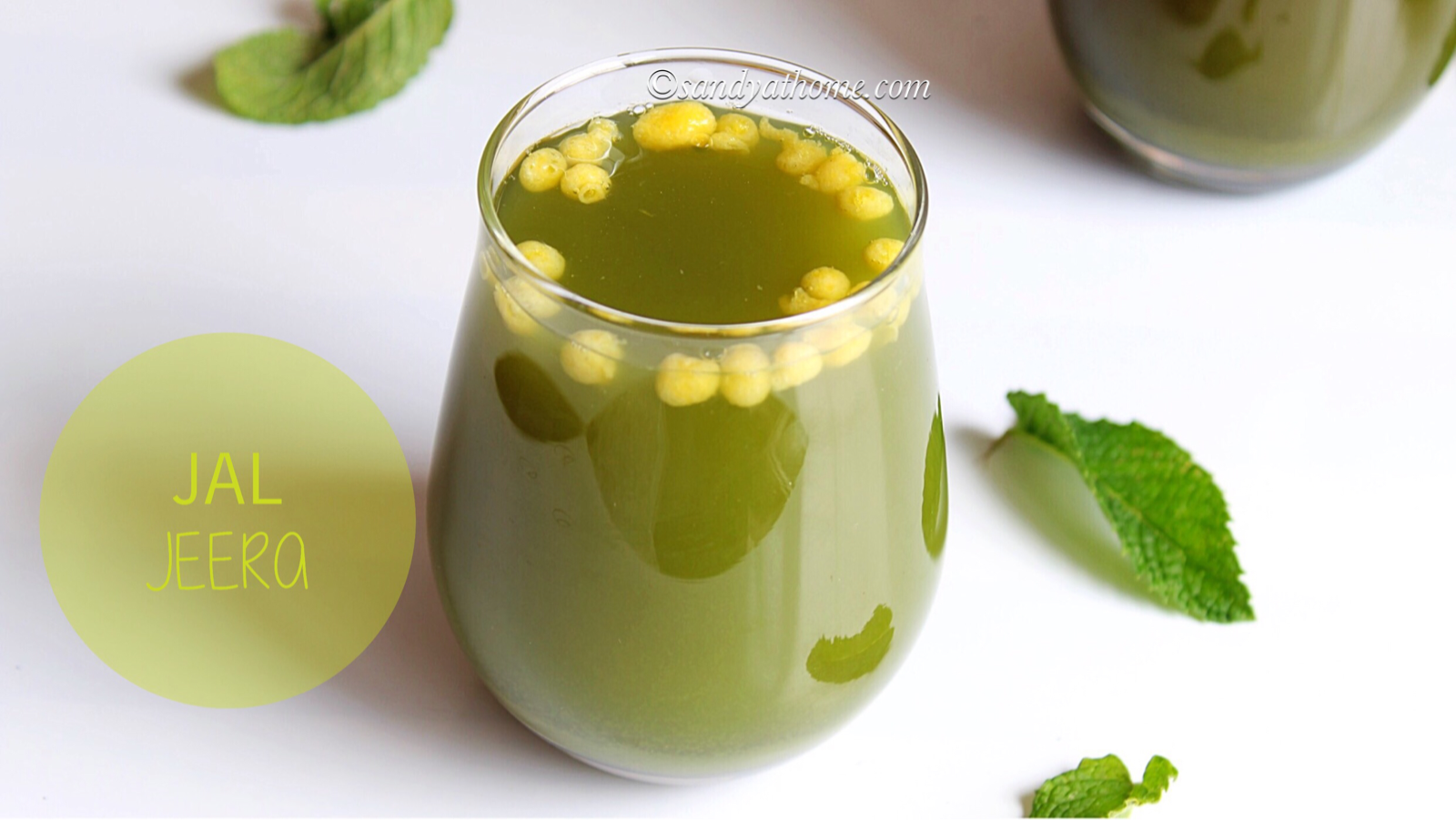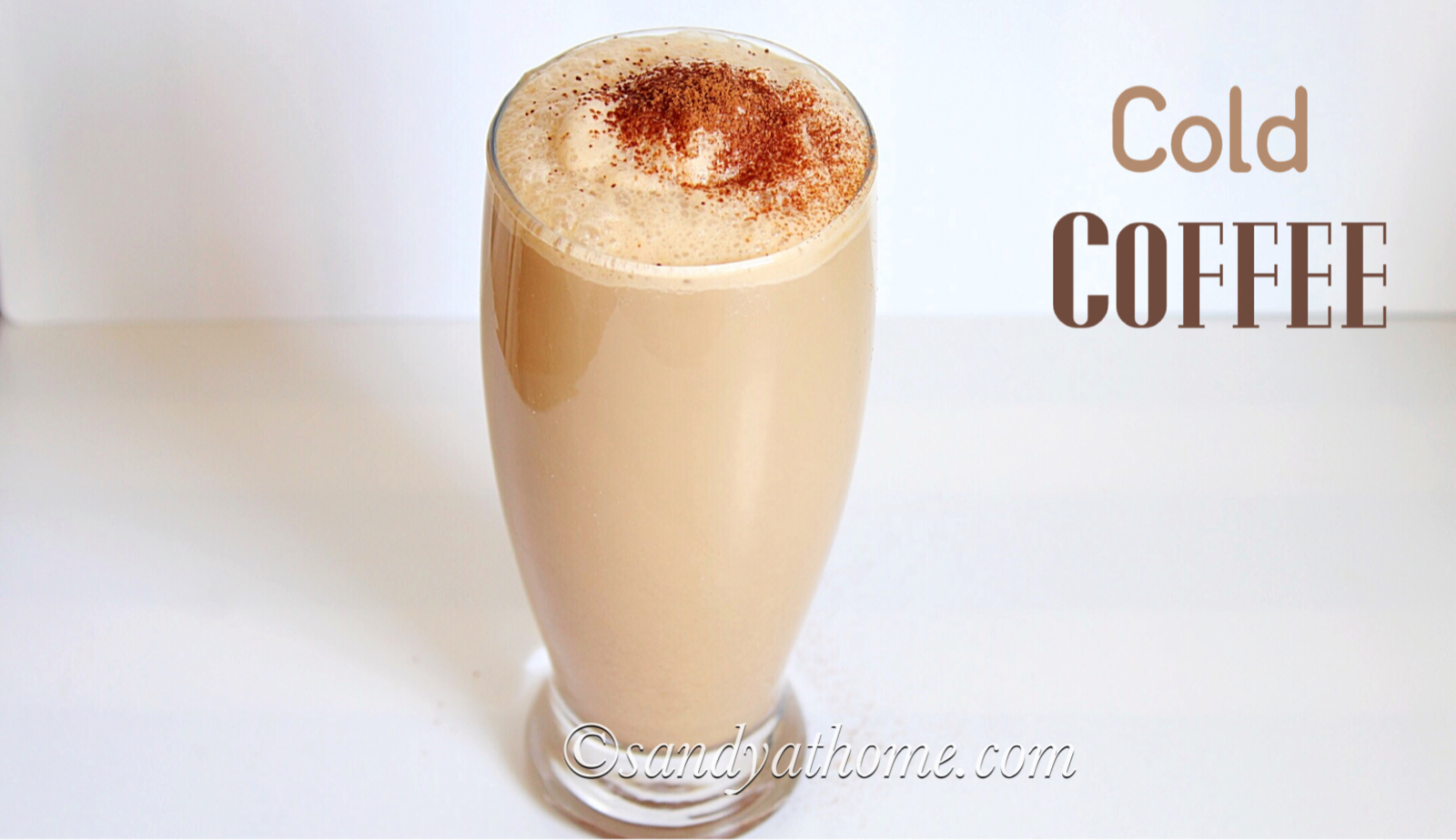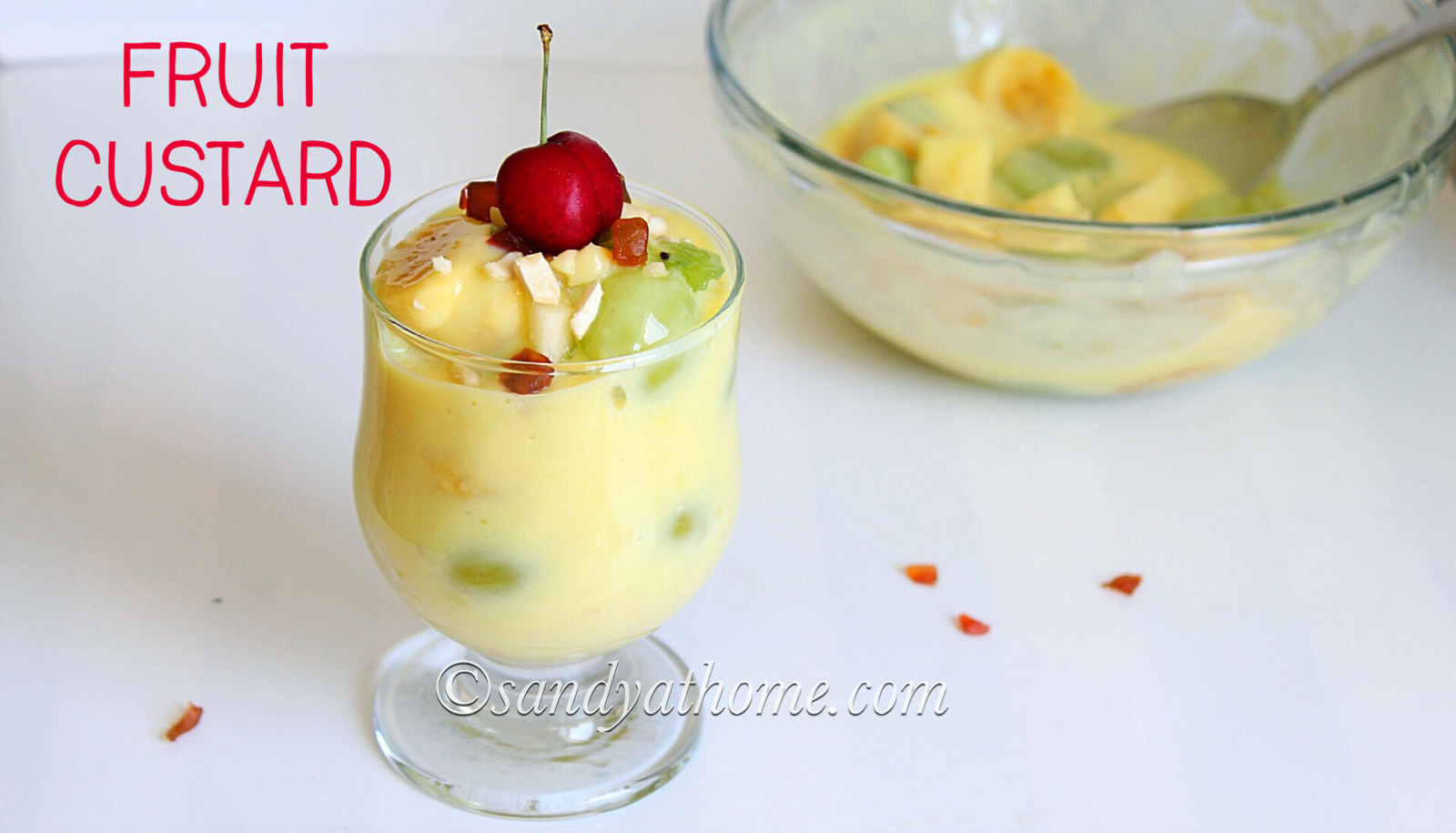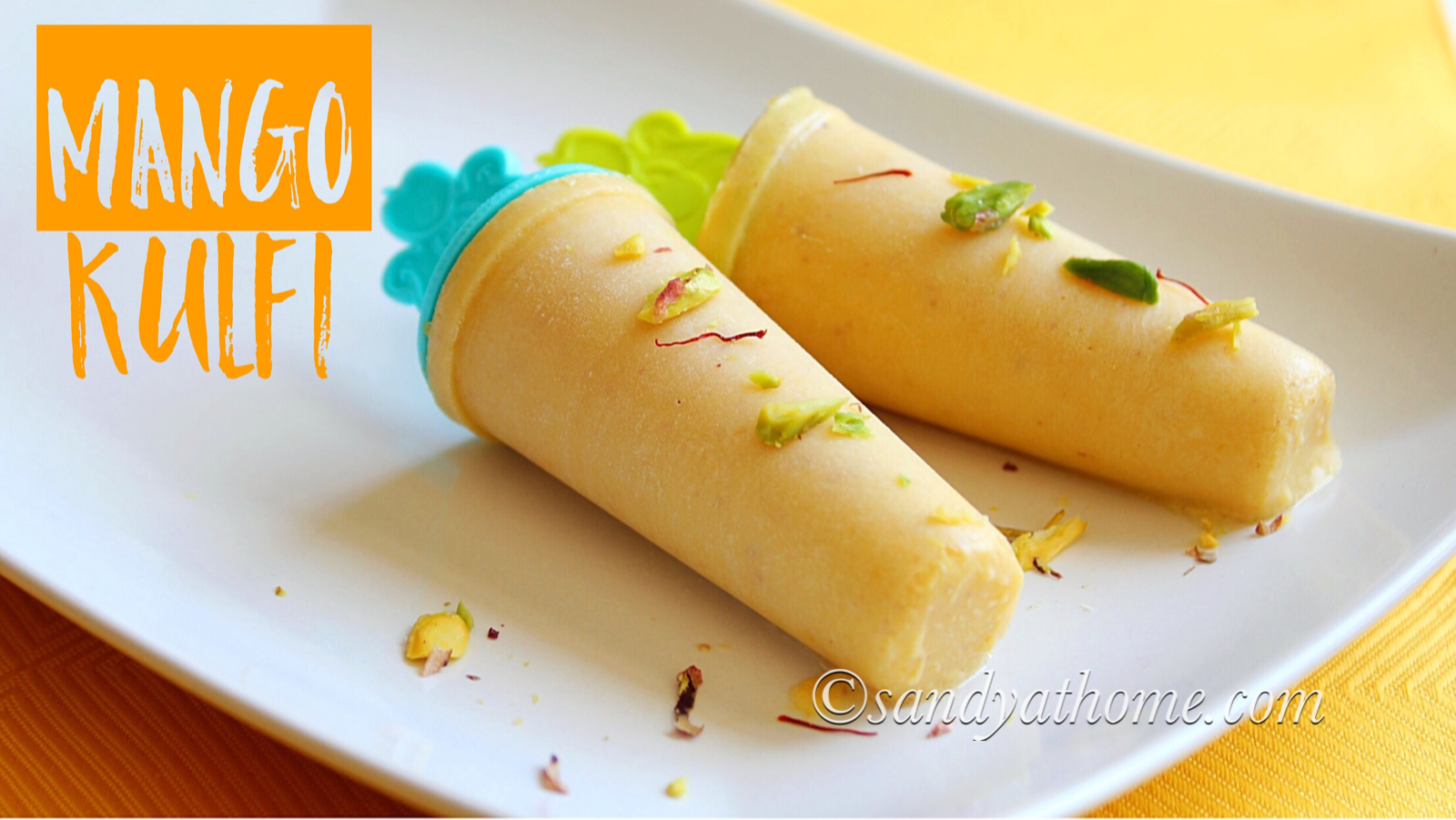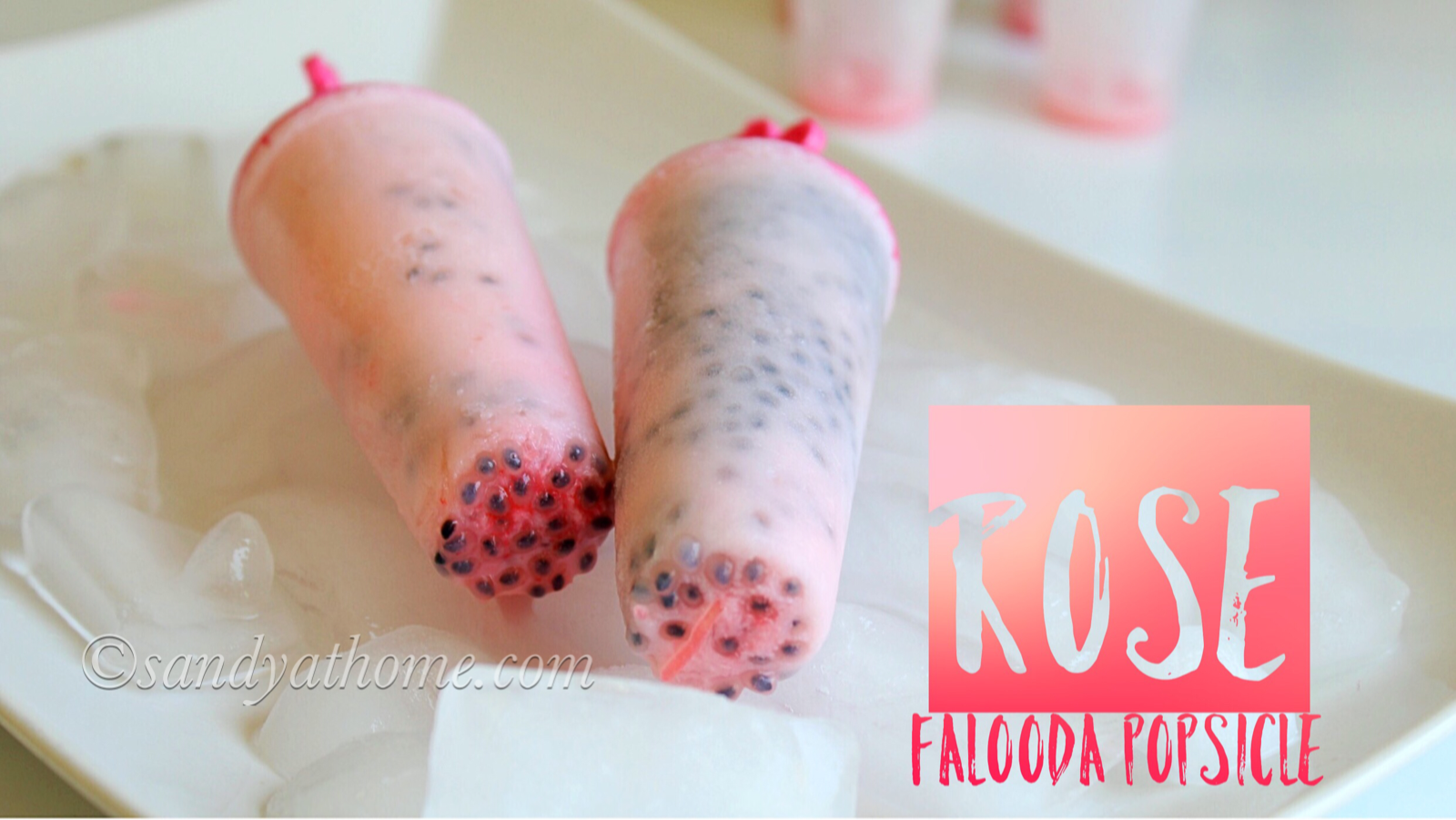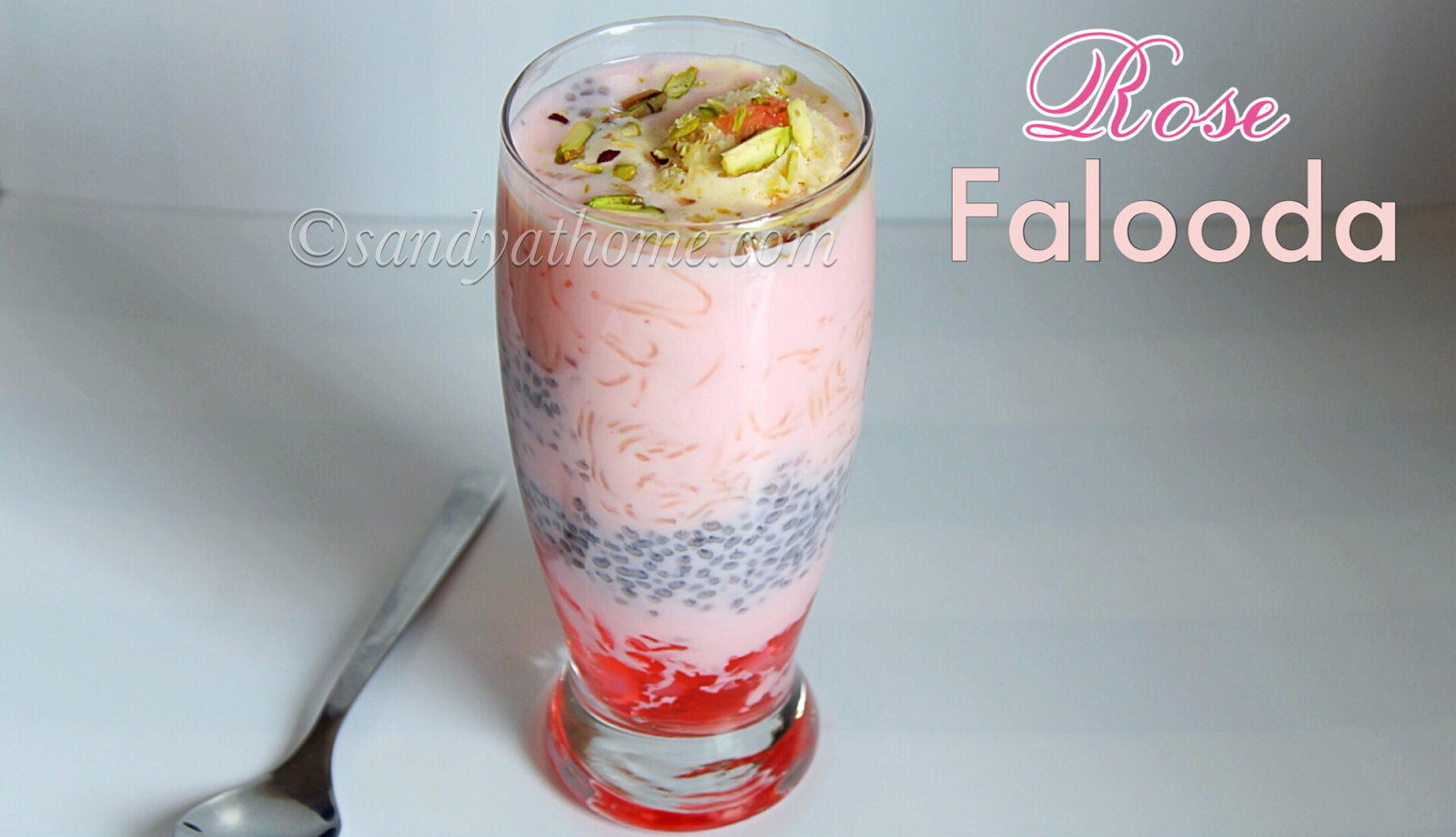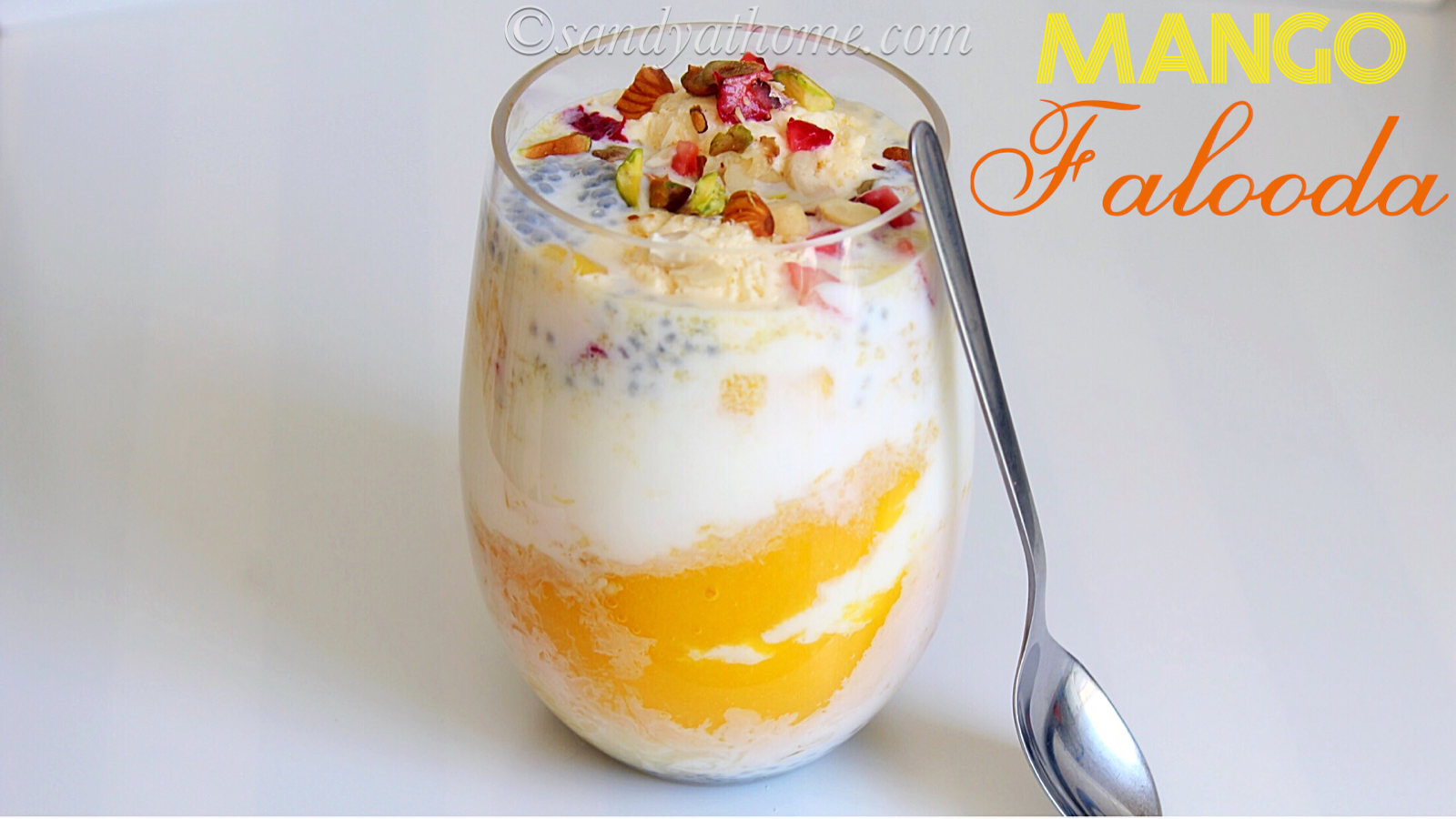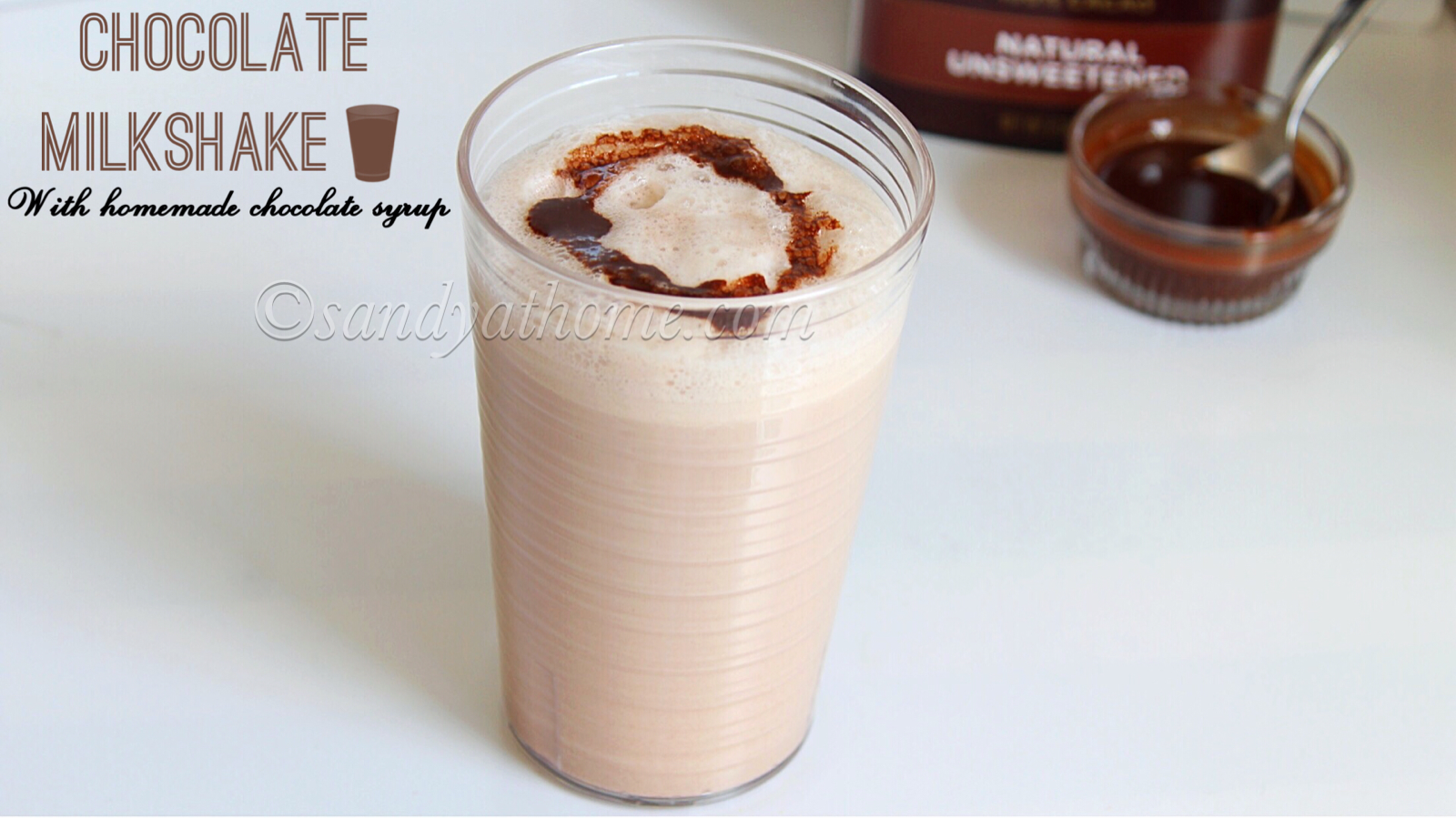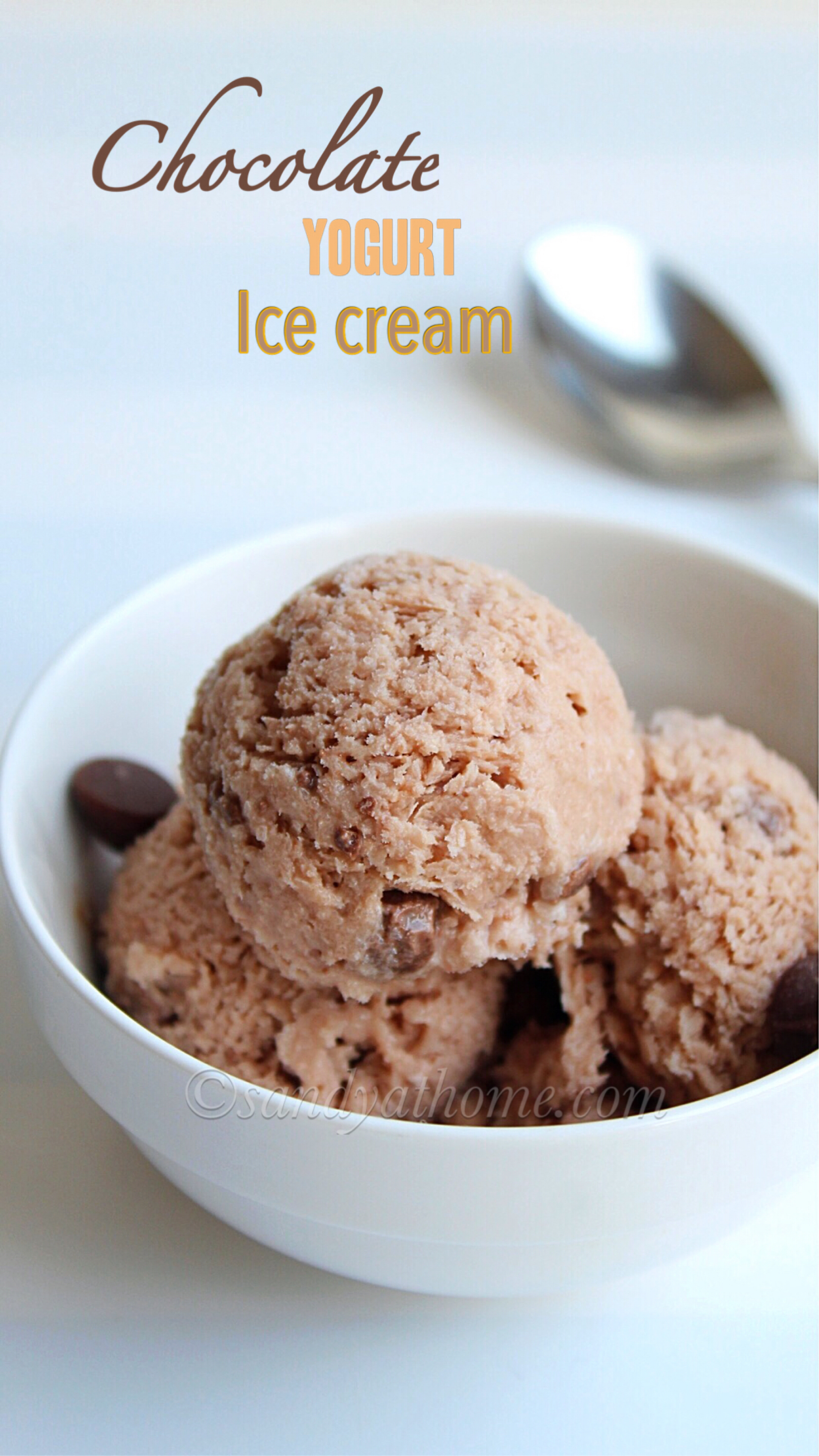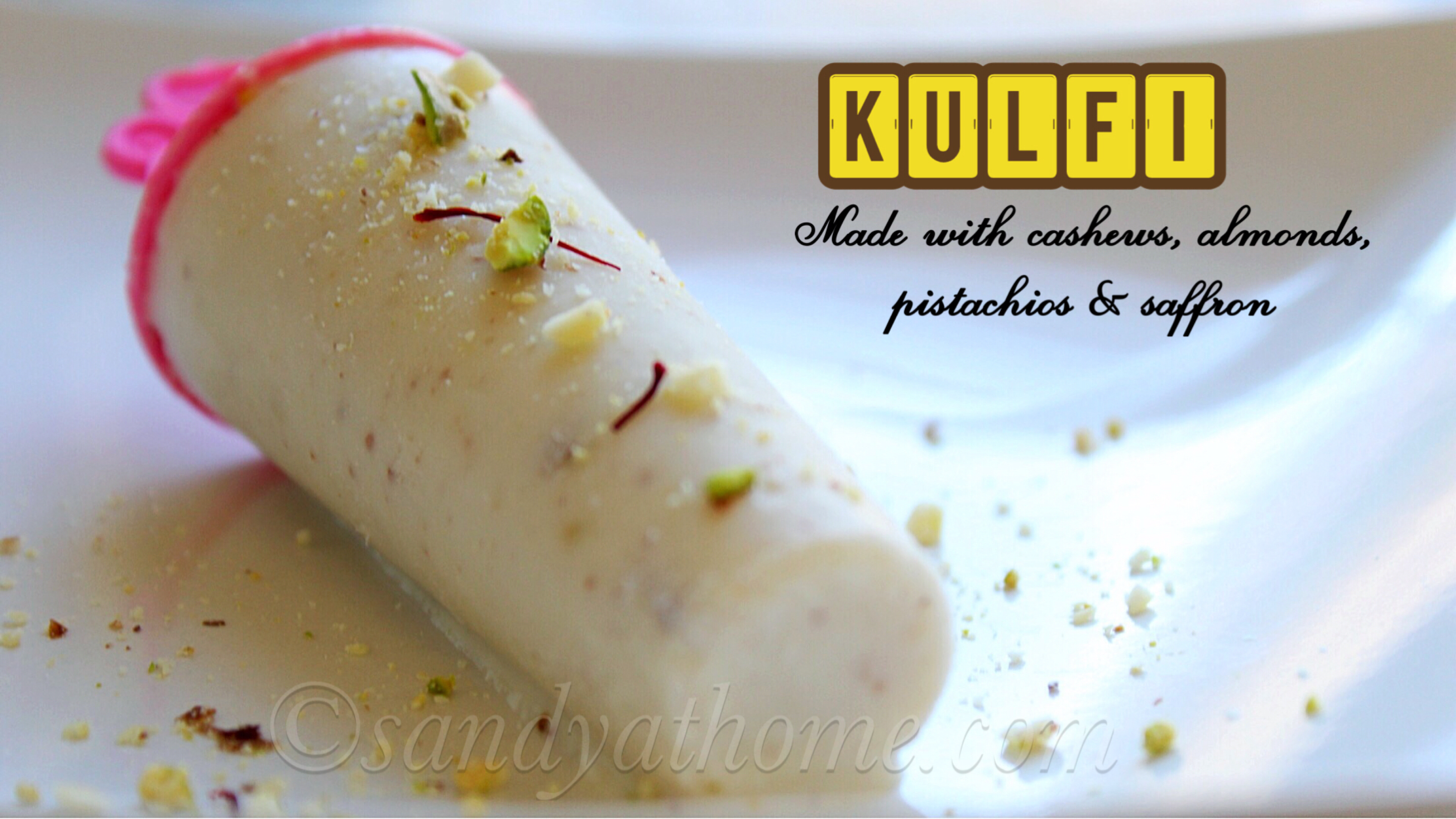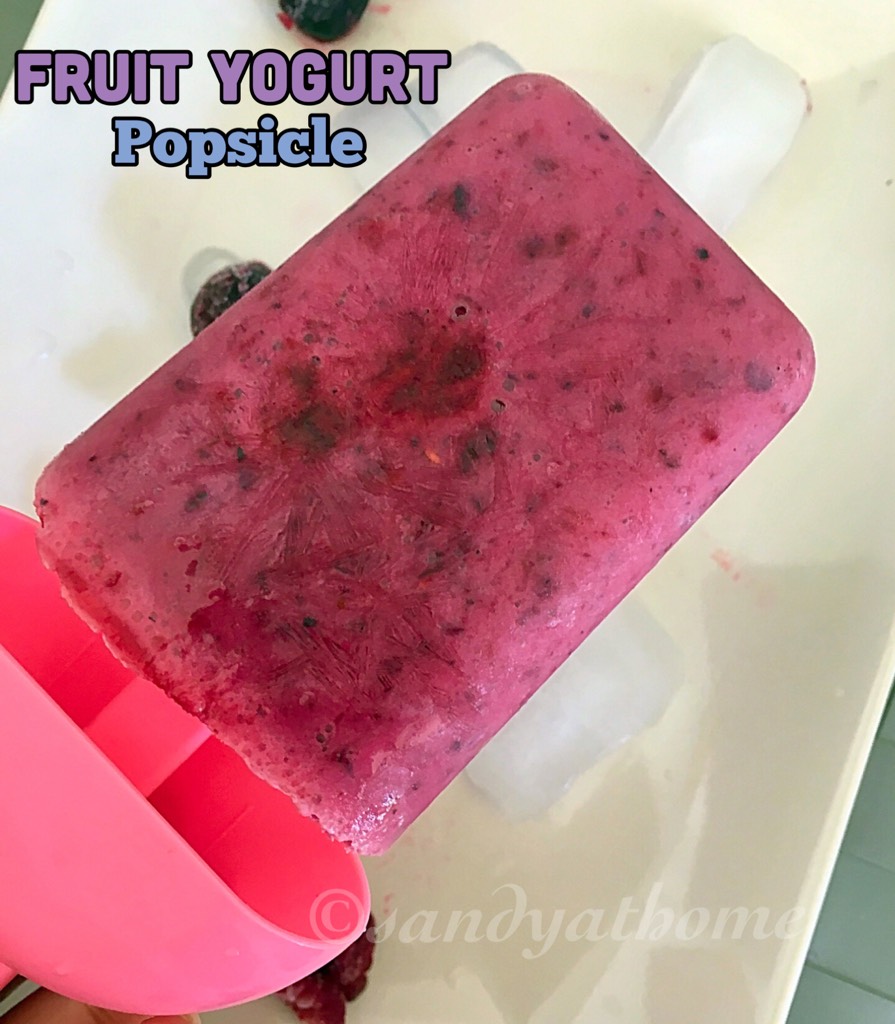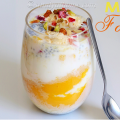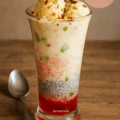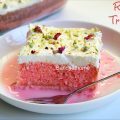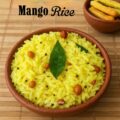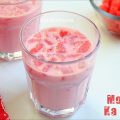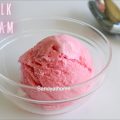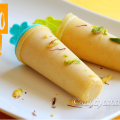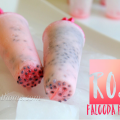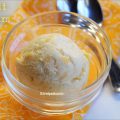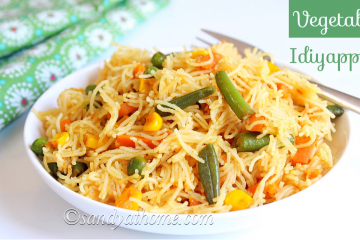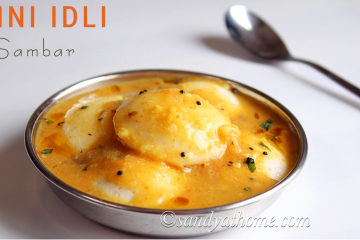2025 Sandyathome. All rights reserved. This original recipe, story, and content are the exclusive intellectual property of Sandyathome. Any reproduction, adaptation, distribution, or use, in full or in part, without prior written permission is strictly prohibited.
Kulfi Falooda is a showstopper summer dessert that’s not just pretty to look at, but also incredibly refreshing and flavorful. Imagine the creaminess of kulfi meeting the silky strands of falooda sev, all brought together with fragrant rose syrup and a nutty crunch on top — it’s summer in every bite!
This quick dessert needs only 4 ingredients (plus optional sabja seeds) and comes together in minutes if you have your kulfi ready. It’s my go-to when I want to serve something exciting and nostalgic — a treat that feels like street-style falooda but plated neatly and served mess-free.
Jump to RecipePro tip: Whenever you make homemade kulfi, save one to whip up this fusion falooda on a hot day. Trust me, your taste buds will thank you!
A Little History Behind Kulfi & Falooda
Both kulfi and falooda have rich Mughal and Persian influences that shaped the Indian dessert landscape.
- Kulfi, often called the traditional Indian ice cream, is believed to have originated in the royal kitchens of the Mughal Empire in the 16th century. Unlike Western ice creams, kulfi was traditionally made by slow-cooking thickened milk, sweetening it with sugar, and freezing it in metal molds using salt and ice. It was a luxury dessert, flavored with cardamom, saffron, pistachios, and rose — ingredients fit for royalty.
- Falooda has Persian roots. It began as “Faloodeh,” a chilled dessert made with vermicelli, rose syrup, and crushed ice, brought to India by the Persianate rulers. Over time, in India, it evolved to include sweetened milk, sabja seeds, and ice cream — a more layered, decadent treat.
When these two culinary marvels — kulfi and falooda — came together, they formed the iconic Kulfi Falooda, a dessert that beautifully represents Indo-Persian fusion. Street vendors in Delhi, Hyderabad, and Mumbai made it more accessible over the 20th century, and it became the colorful, crowd-favorite summer treat we know and love today.
A dish once made for emperors, now enjoyed at every street corner — and even better, in your own kitchen!
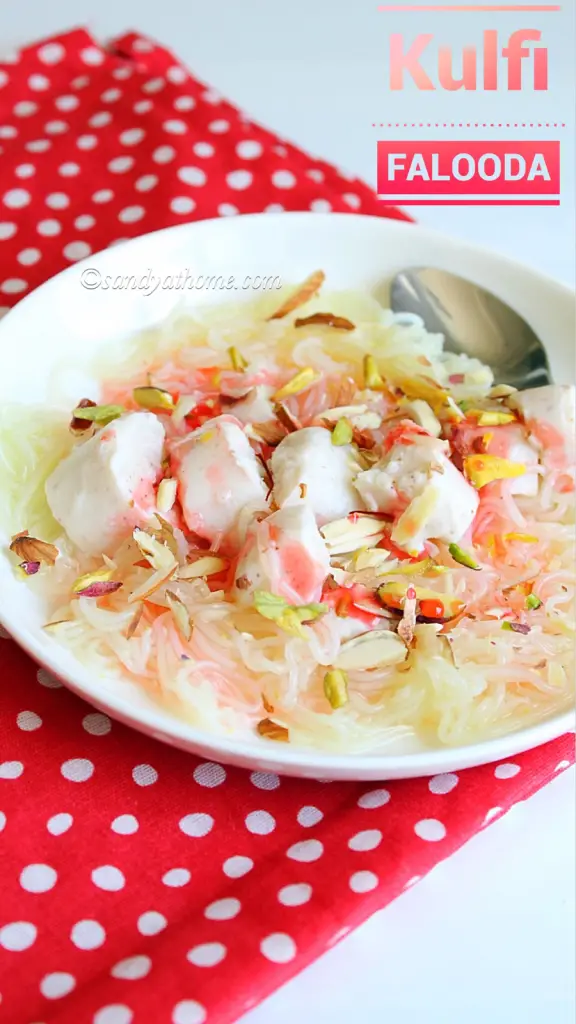
Ingredients, Roles & Easy Substitutes
- Kulfi (1 piece)
- Role: The star of the dessert — rich, dense, and creamy with flavors like malai, badam, or kesar.
- Substitute: Use store-bought kulfi if you’re short on time. Or, replace with malai ice cream or a scoop of rabri for a similar indulgent touch.
- Falooda Sev – ½ cup (cooked)
- Role: Gives a soft, slippery texture and makes the dessert slurp-worthy.
- Substitute: Use thin rice vermicelli or cooked semiya (Indian vermicelli) if falooda sev is unavailable.
- Sabja Seeds – 1 tsp (optional)
- Role: Adds a unique jelly-like texture and natural cooling effect — a summer must-have.
- Substitute: Chia seeds (soaked) work similarly in texture but don’t offer the same traditional flavor.
- Variation: You can skip it entirely if not preferred.
- Rose Syrup – 1 tsp
- Role: Adds signature floral flavor, pink hue, and sweetness.
- Substitute: Use Rooh Afza, homemade rose water with sugar, or even strawberry syrup in a pinch.
- Variation: Saffron syrup or mango pulp for a different flavor profile.
- Chopped Almonds & Pistachios – 1 tsp each
- Role: Brings crunch and festive look, and balances the soft components.
- Substitute: Use cashews or walnuts if preferred. For a nut-free version, try roasted melon seeds or even granola.
- Variation: Add rose petals, saffron strands, or a sprinkle of edible silver leaf for a royal touch.
You May Also Like these Recipes:
Directions to make Kulfi falooda with step by step images
- Cook the Falooda Sev:
Bring water to a boil in a saucepan. Add falooda sev or vermicelli and cook until soft (about 3–4 minutes). Drain the hot water using a strainer and rinse with cold water to stop cooking. Set aside.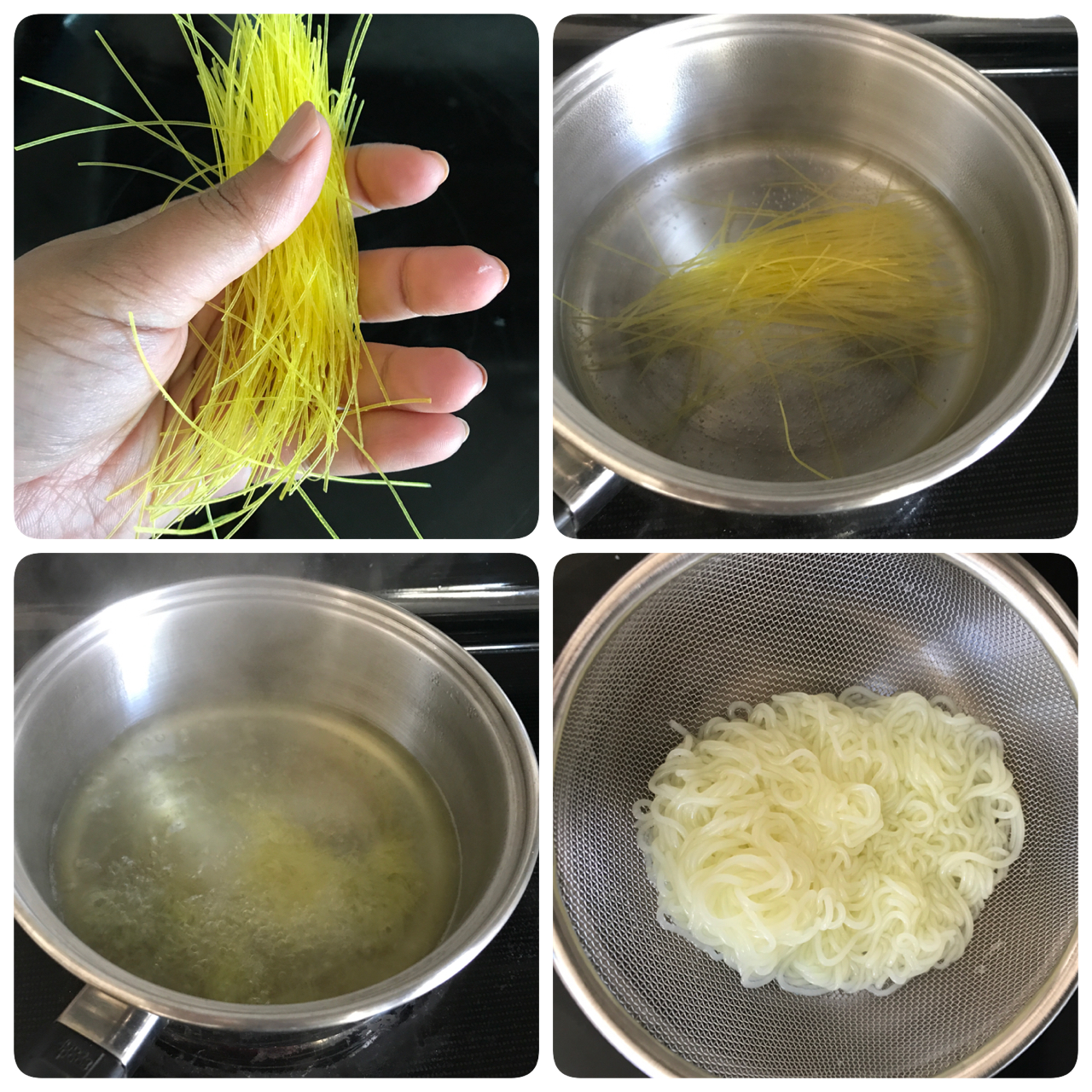
- Unmold the Kulfi:
Just before assembling, remove the kulfi from the mold. Chop into bite-sized pieces or slice as desired.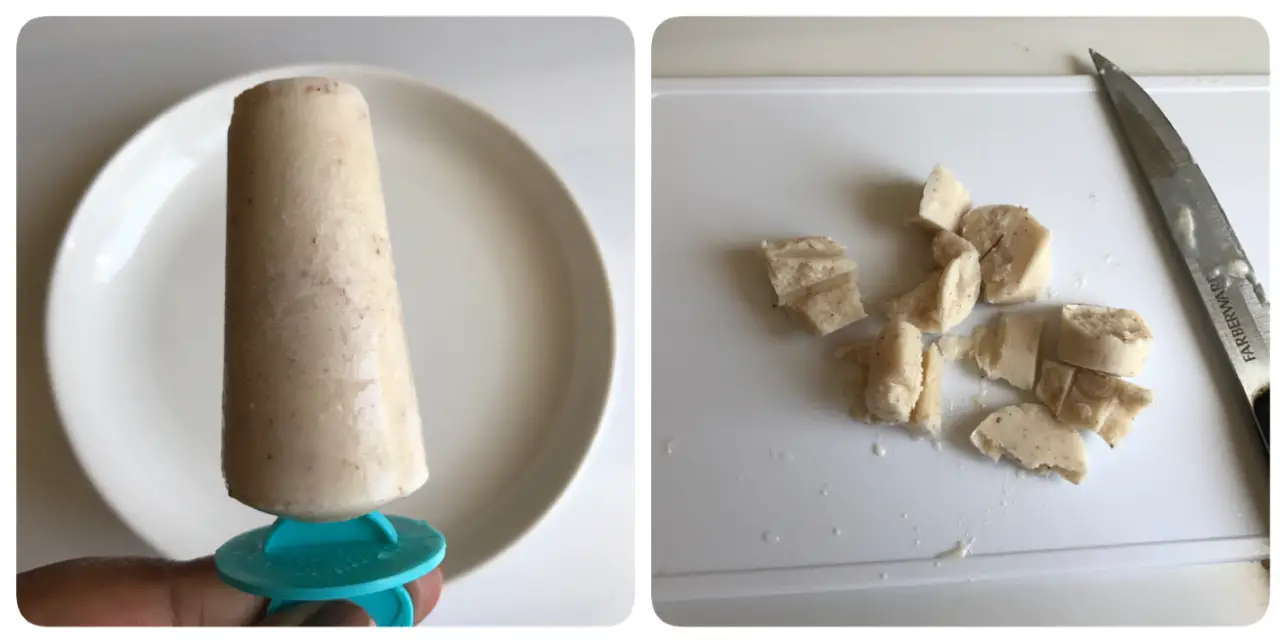
- Assemble the Dessert:
On a dessert plate or shallow bowl, spread the cooked falooda sev as the base. Place the chopped kulfi on top. Drizzle 1 tsp of rose syrup over the kulfi and sev.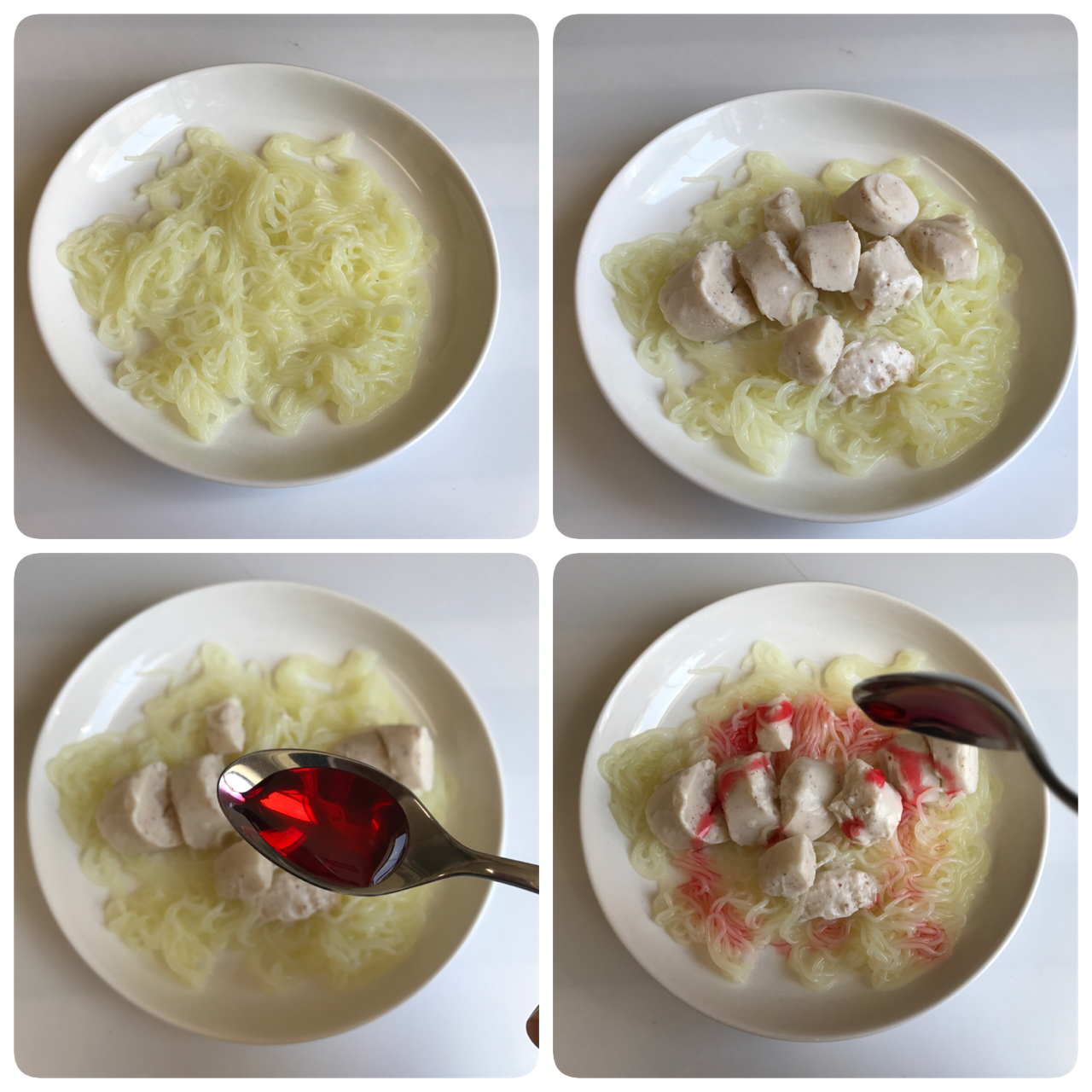
- Garnish and Serve:
Sprinkle chopped almonds and pistachios over the dessert. Add bloomed sabja seeds if using. Serve immediately while the kulfi is firm and cold.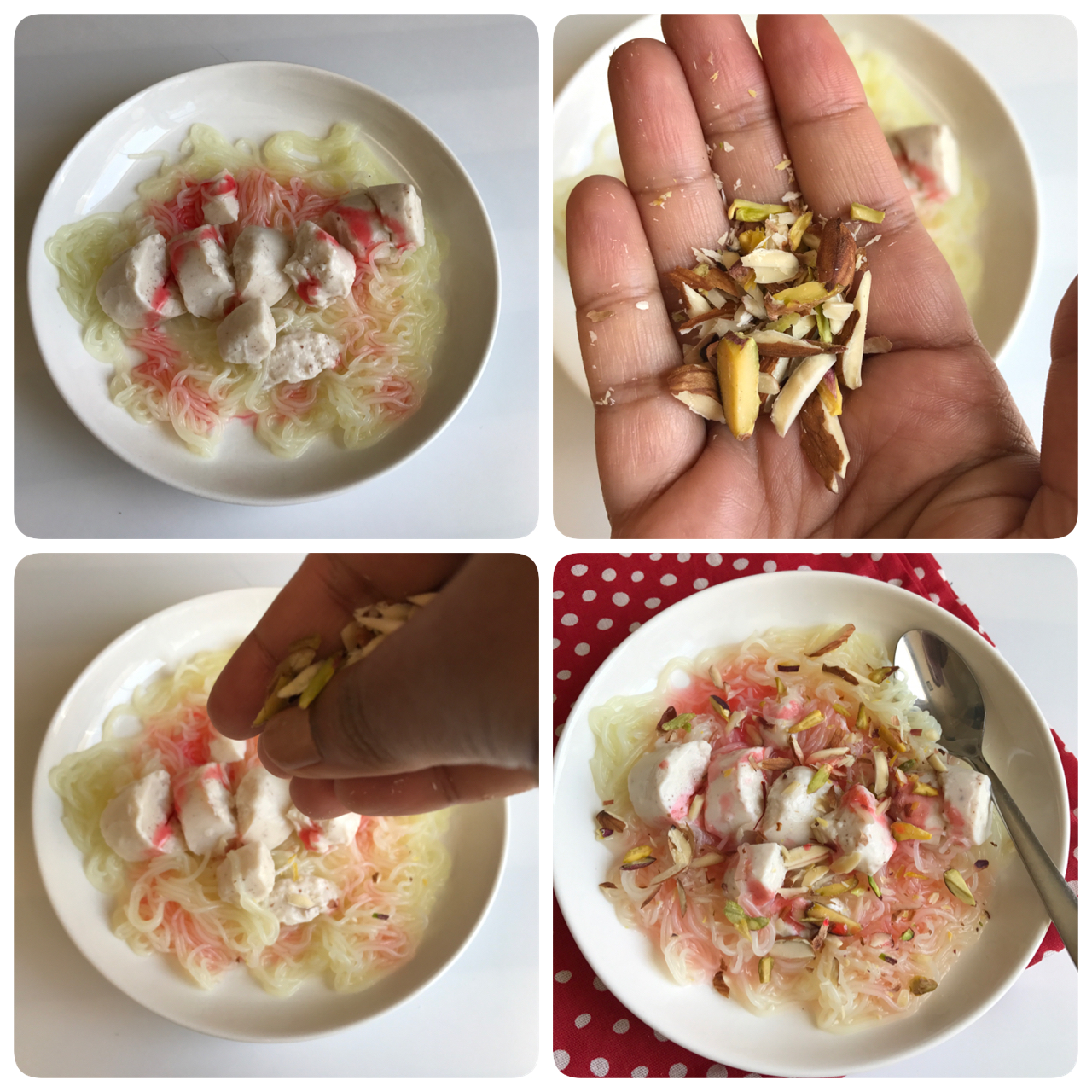
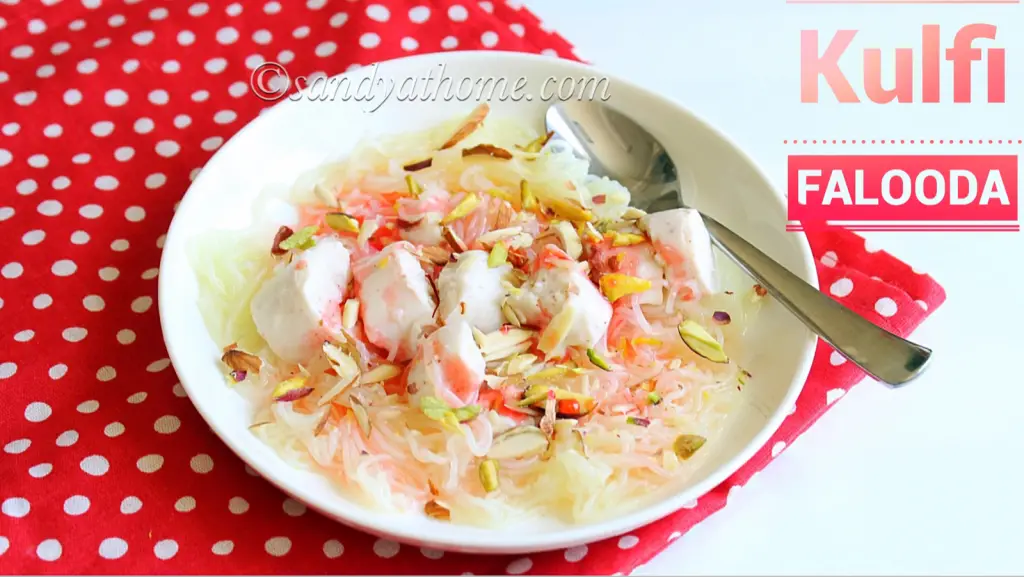
Pro Tips
Chop the kulfi just before serving to prevent melting. Keep it in the mold until your other ingredients are ready.
Don’t overcook the falooda sev — soft but not mushy is ideal. Rinse in cold water after cooking to stop the heat.
Adjust rose syrup based on the sweetness of your kulfi. Some store-bought kulfis are already quite sweet.
Use chilled sev and sabja seeds for best results. Cold elements keep the dessert refreshing and firm.
Use metal bowls or plates for serving if possible — they keep the dessert cooler longer, especially in summer.
Serving Suggestions
Serve in a shallow brass plate or kulhad for a rustic, traditional look.
Make it more indulgent by adding a scoop of vanilla or kesar ice cream on top.
Garnish with dried rose petals, saffron strands, or even a sliver of silver leaf (varak) for a festive touch.
For a layered party dessert, serve it in transparent dessert glasses with rose syrup at the bottom, sev in the middle, and kulfi on top.
FAQs with Long-Tail Keywords
You can skip sabja seeds entirely or replace them with soaked chia seeds for a similar texture. The dessert will still taste fantastic without them.
Regular falooda is a layered drink-style dessert with milk, ice cream, and falooda sev. Kulfi falooda skips the milk and combines kulfi and sev for a more plate-friendly, compact version.
Yes! Use any flavored kulfi (malai, kesar, mango) and cook vermicelli or falooda sev as per instructions. It’s an easy shortcut to assemble the dessert at home.
Keep all elements chilled separately and assemble just before serving. This prevents the sev from soaking up too much syrup and keeps the kulfi firm.
Absolutely. Rooh Afza is a popular substitute and offers similar rose-like flavor with a deeper pink hue. Adjust quantity to your sweetness preference.
Summer Treat Recipes
This fresh fig ice cream is my seasonal favorite — made with just a handful of ingredients, including sautéed figs, cream, and sweetened milk. Naturally sweet, creamy, and easy to make without an ice cream maker, it’s the kind of dessert that tastes like a kulfi-meets-gelato moment in every scoop.
Creamy real orange ice cream made with fresh juice, condensed milk, and cream — poured into halved orange shells and frozen flat. No scoops, no molds, just nostalgic summer in every bite.
A luscious, scoopable nungu ice cream made with just milk, cream, sugar, and tender ice apple. A childhood favorite brought back in its cleanest, creamiest form.
A forgotten summer gem from Pondicherry and rural Andhra, this cooling buttermilk drink made with tender palm fruit (nungu / thati munjalu) is hydrating, gut-friendly, and rooted in traditional wisdom. Once served after temple rituals and fieldwork, it’s a soothing blend of nature’s best for hot, humid days.
A traditional summer drink made with jamun, jaggery, cumin, and black salt. This sherbet cools the body, aids digestion, and revives a forgotten South Indian recipe.
This Jamun Sorbet is a refreshing, dairy-free dessert made with just 3 ingredients. Packed with the nostalgic taste of kala khatta, this rustic scoop brings back Indian summer in the most soulful way.
This traditional summer cooler made with nungu (ice apple) and chilled sweet milk is a nostalgic and hydrating treat served in many South Indian homes.
Royal Falooda is a classic Indian summer dessert, beautifully layered with fruits, falooda sev, chilled milk, rose syrup, and topped with creamy ice cream.
Pyaar Mohabbat Sharbat is a popular North Indian summer drink combining rose milk and juicy watermelon cubes. Simple, pretty, and irresistibly refreshing — this trending cooler is a must-try!
Creamy, sweet, and chilled—this Mango Shrikhand (Amrakhand) is a no-cook dessert made with hung curd, mango puree, saffron, and cardamom. A perfect summer treat that’s rooted in tradition and ready in minutes!
Chilled and creamy cold coffee made café-style with a blend of coffee, cocoa, milk, and ice cream — a perfect summer sip for coffee lovers!
This creamy mango kulfi recipe is the ultimate Indian summer dessert—made with sweet mangoes, milk, saffron, and lots of nuts! No condensed milk or cream needed, just a few simple ingredients and an overnight freeze.
Mango Falooda is a refreshing Mughlai-style summer dessert layered with mango purée, chilled milk, falooda sev, sabja seeds, and creamy ice cream. A chilled treat for mango lovers and an indulgent twist on tradition!
